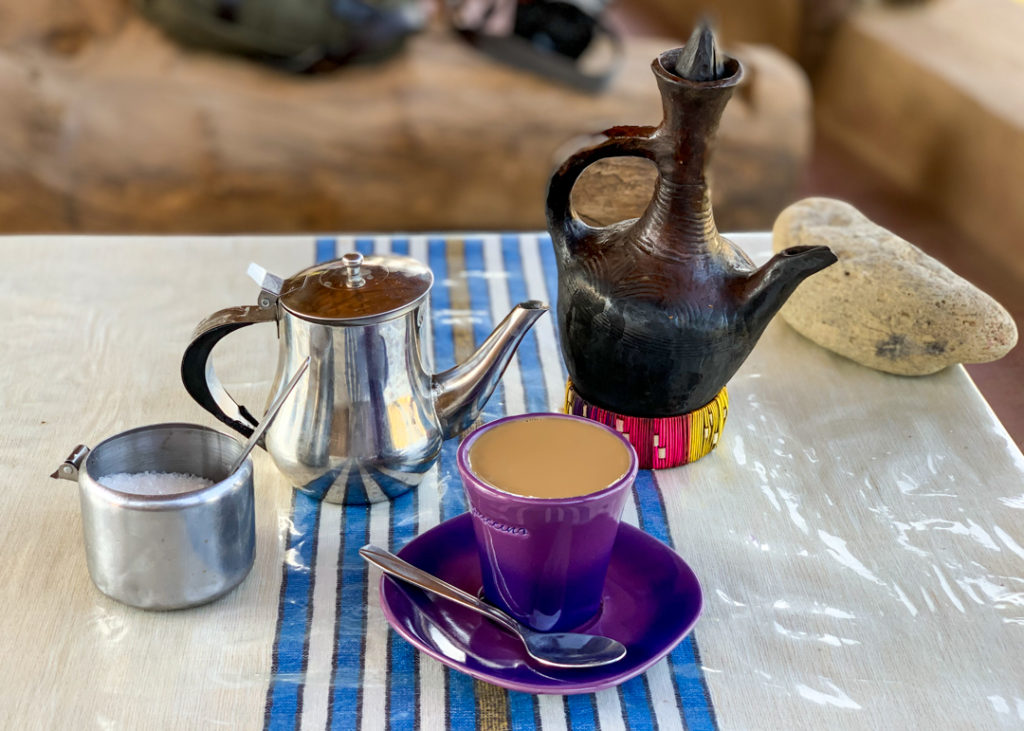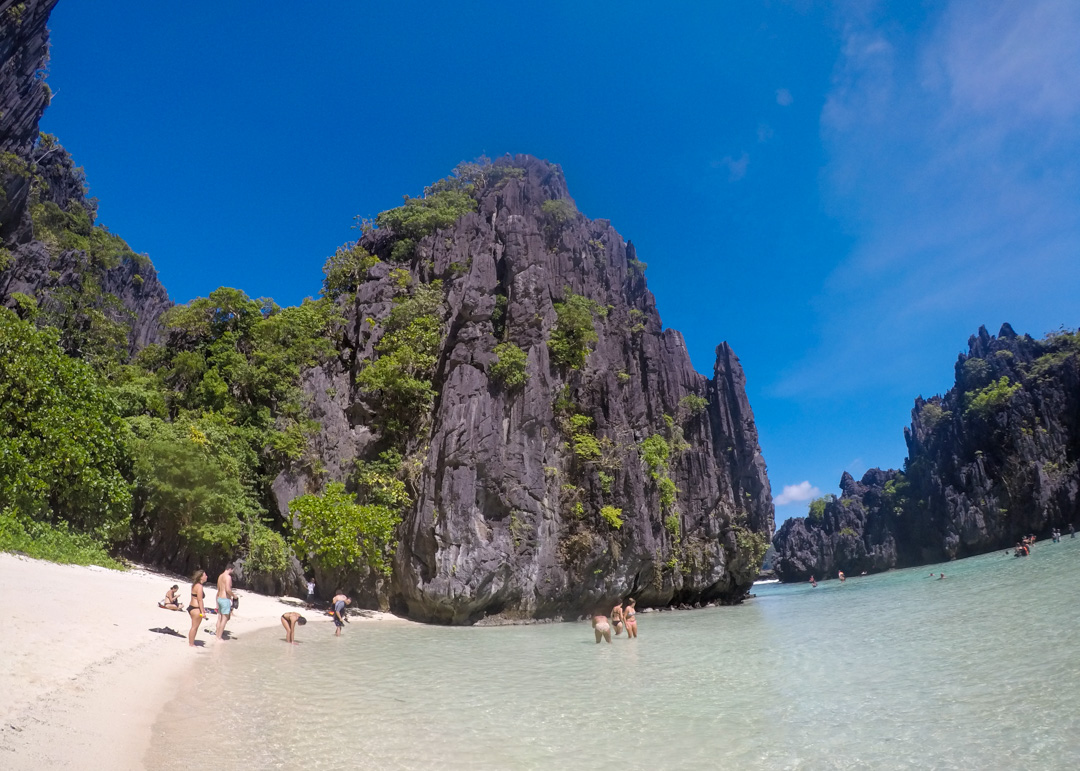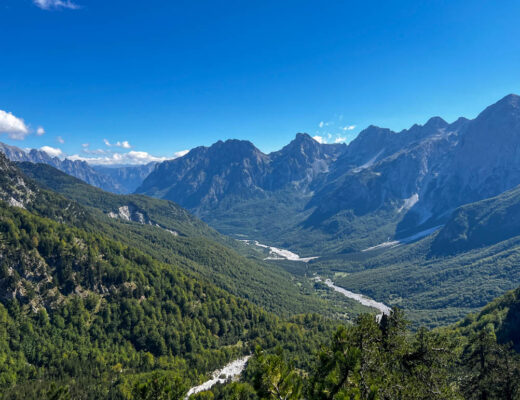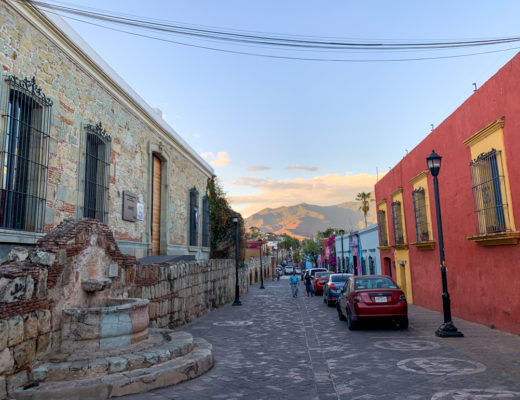I might have just finished Ethiopia’s northern historical circuit, but I wasn’t ready to go home just yet. Winter could wait… and there are so many other things to see here, from the tribes of the Omo Valley in the south to the alien landscape of the Danakil depression in the north. I opted instead to make my way east in search of one more wildlife experiences which have often been at the center of my trips to Africa. After the geladas of the Simien Mountains, I was going to track down the other big mammals in the dry Savannah of Awash National Park.
It’s about a four hours drive from Addis Ababa along the main road towards Dire Dawa and the border with Djibouti and Somaliland. This busy truck route passes by many bustling towns giving me plenty to observe on the way.
In between villages, I caught my first glimpse of wildlife – camel herds feeding in the bushes! I could feel the heat increasing as we made our way down from Addis’ high elevation to the hot valley, soon reaching the mid-30C temps. It felt almost unbearably hot after the cool mountain air I had experienced during my tour of northern Ethiopia.
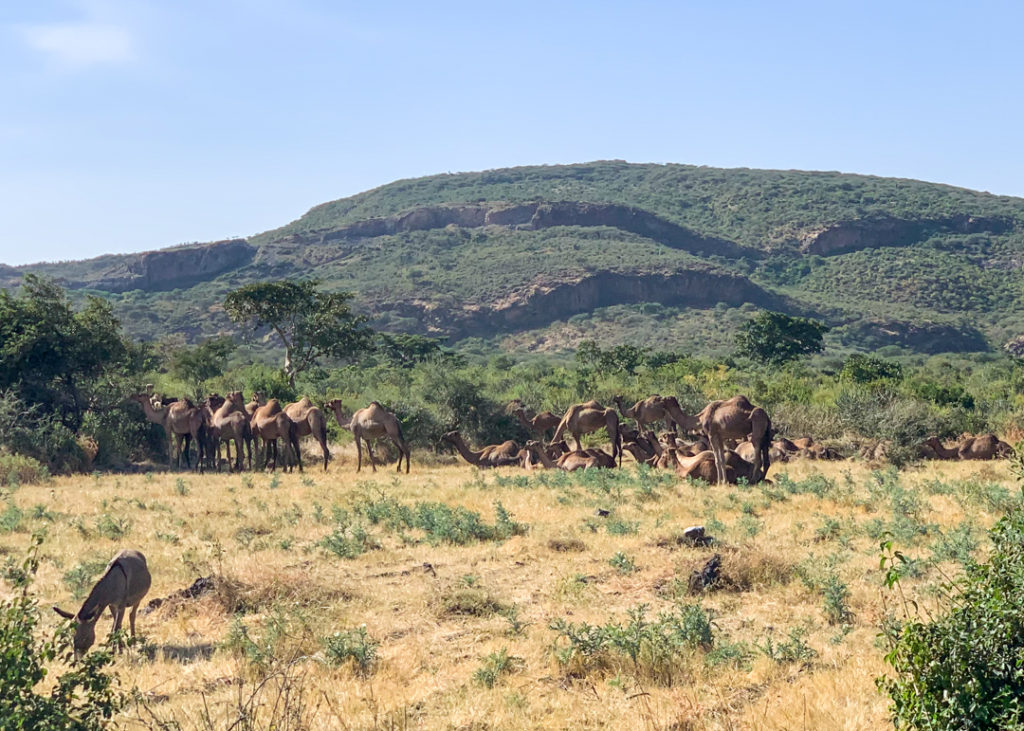
Awash National Park is 756km2 of magnificent volcanic landscape set in a tract of the Rift Valley floor. Its semi-arid grassland and acacia scrubs hug the deep gorge carved by the Awash River and extend as far as the eye can see. It’s one of Ethiopia’s oldest national parks established to protect a number of dry-country fauna which I was eager to spot.
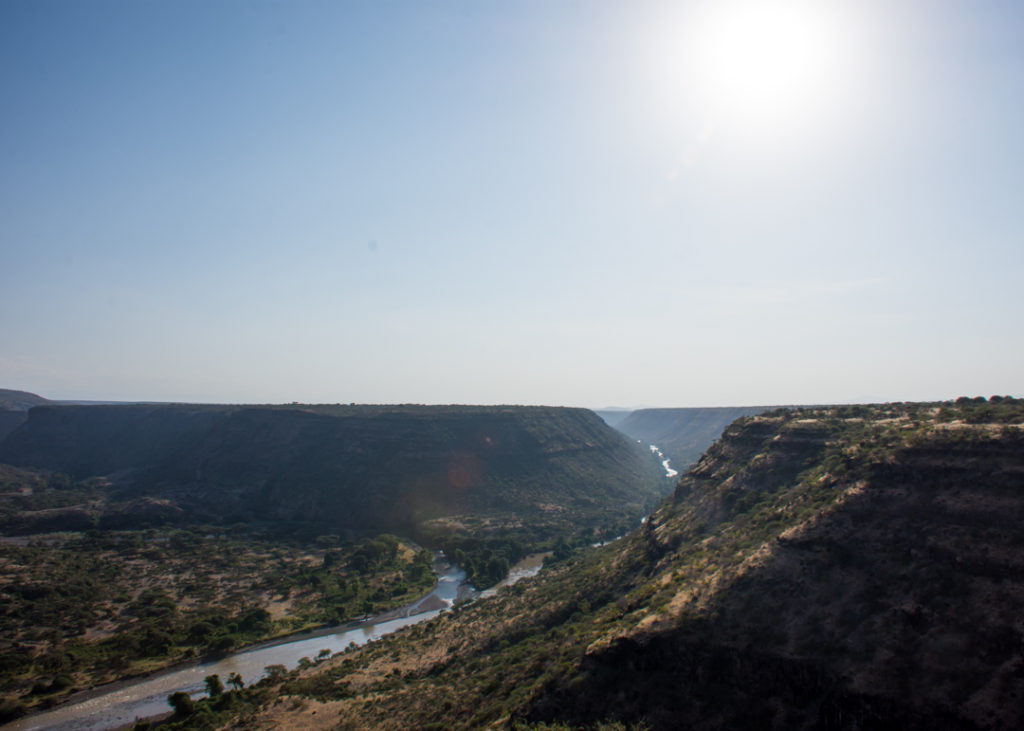
We left the main road and entered the park in the blazing midday sun. It was another 30 minutes of driving the 4×4 on the park’s sandy trails, where I did spot a few dik-diks hiding in the bushes, before we reached Awash Falls Lodge.
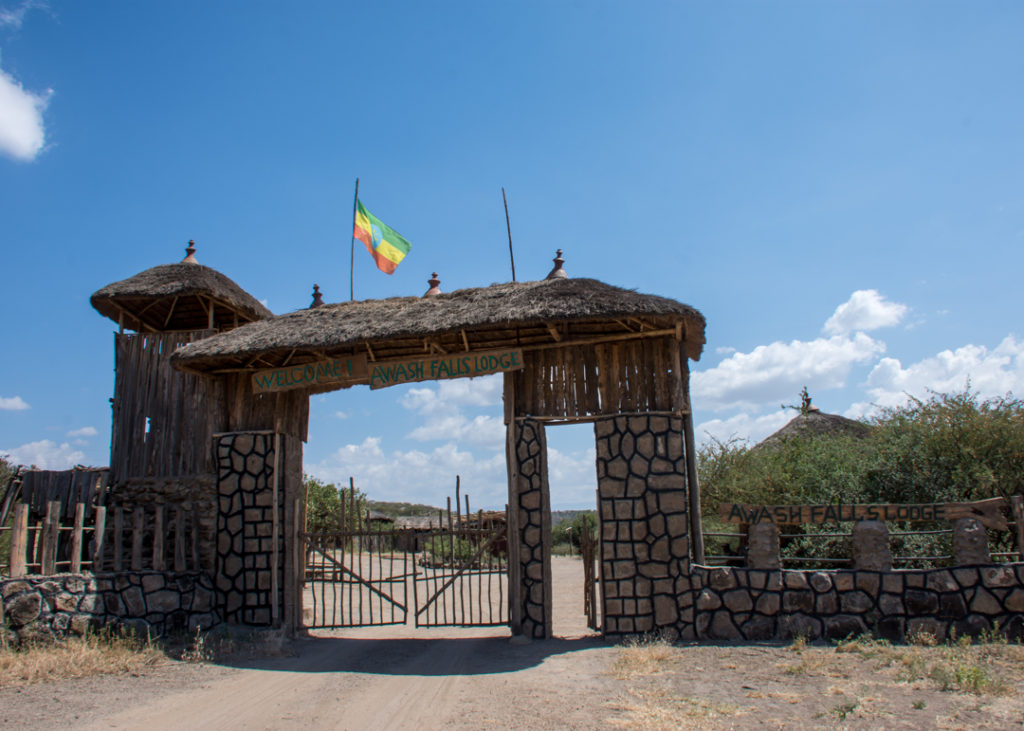
One of only two accommodations set within the park’s boundaries, Awash Falls Lodge wins big on the location. The rustic Tukul rooms have seen better days, but you’re here to be in nature anyway and for that the lodge is perfect.
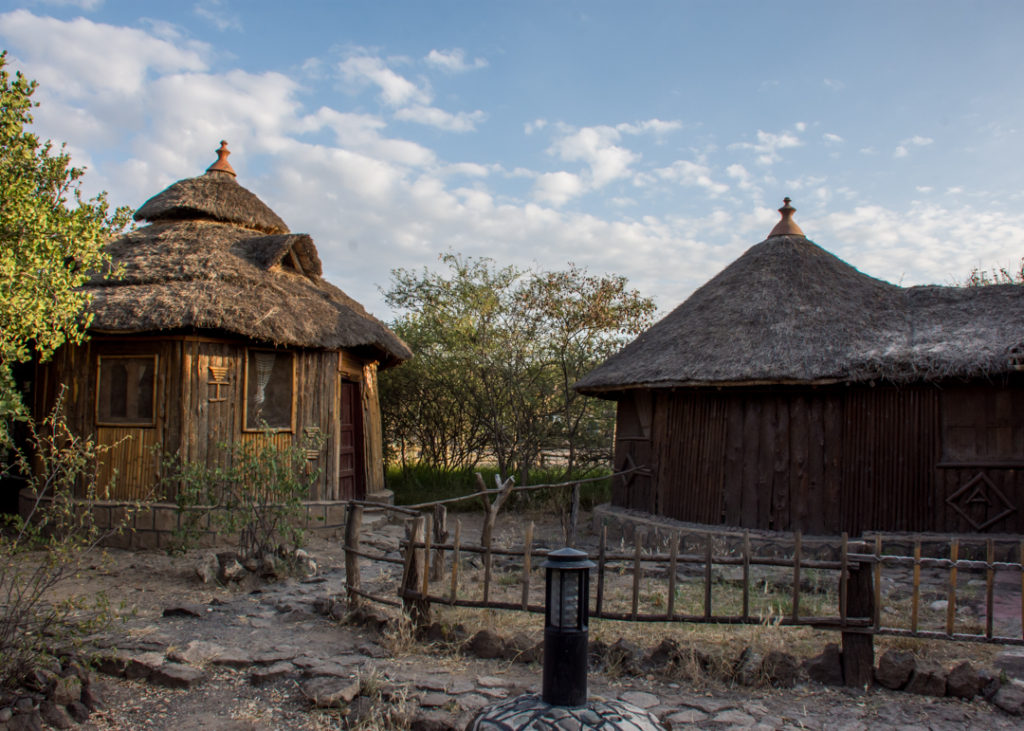
Vervet monkeys are everywhere on the grounds and bird life is plentiful.
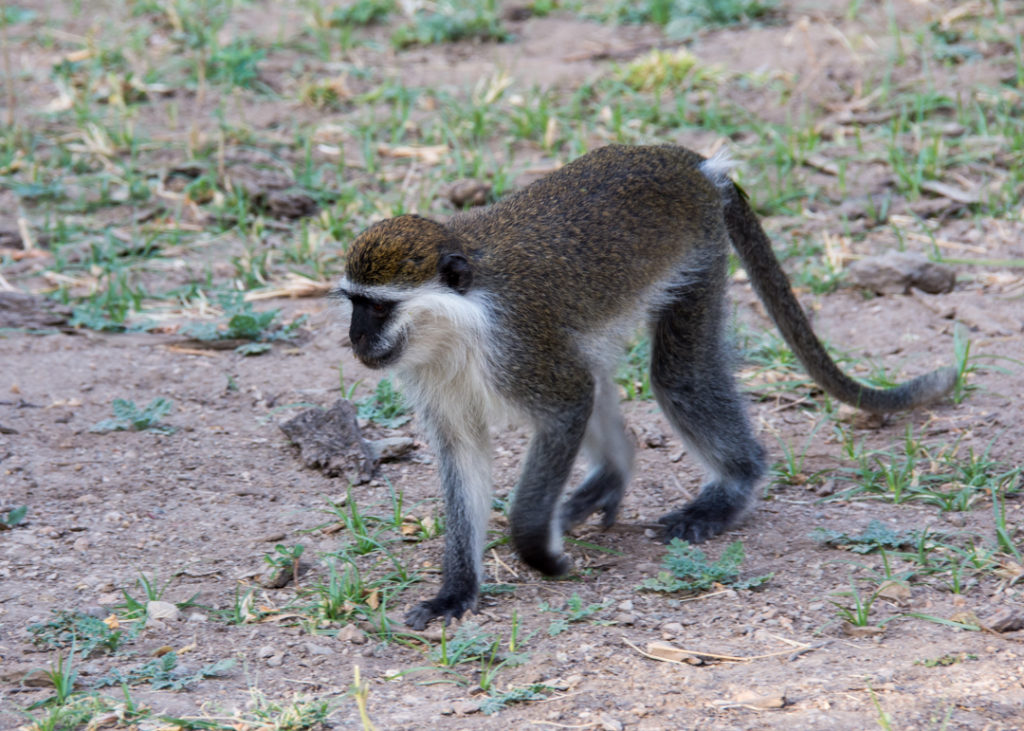
There’s a large shaded bar with cold beverages to refresh in this hot and dry environment.
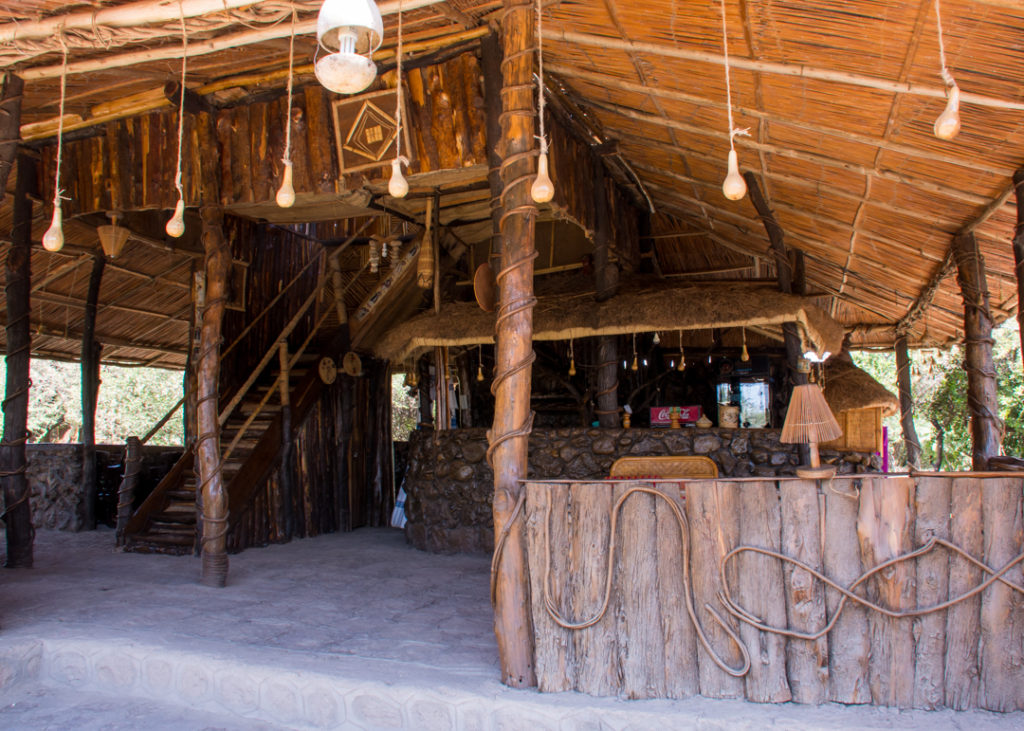
But where you’ll want to spend most of your time here is on the restaurant’s terrace.
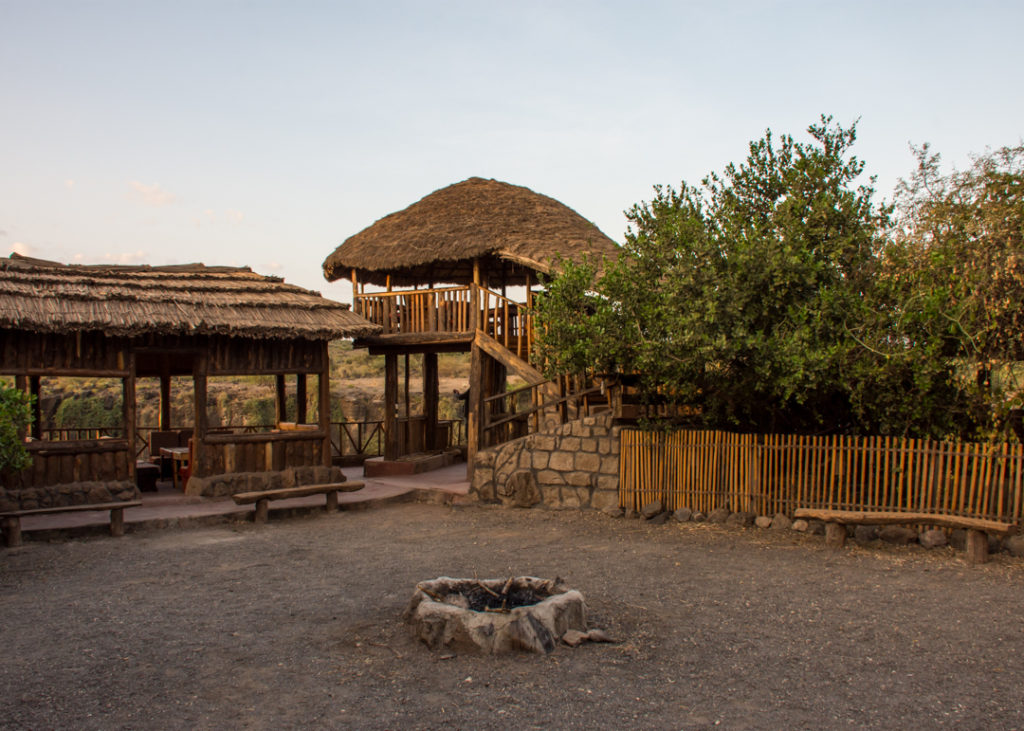
It sits right in front of the Awash Falls, giving you front row seats to the dramatic waterfall.
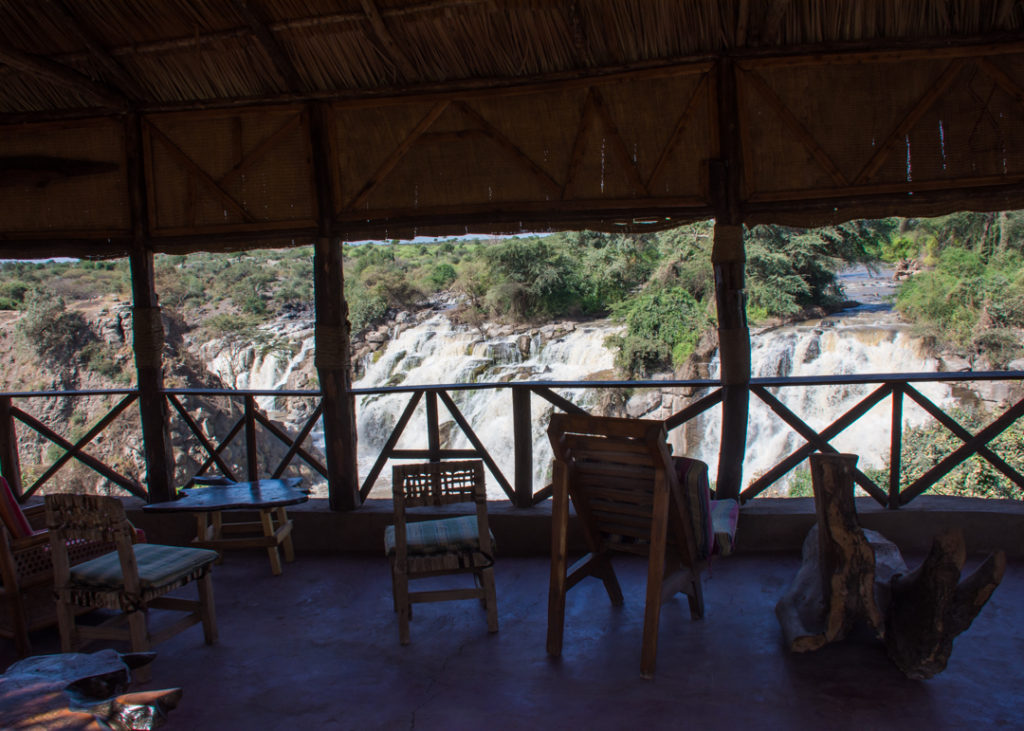
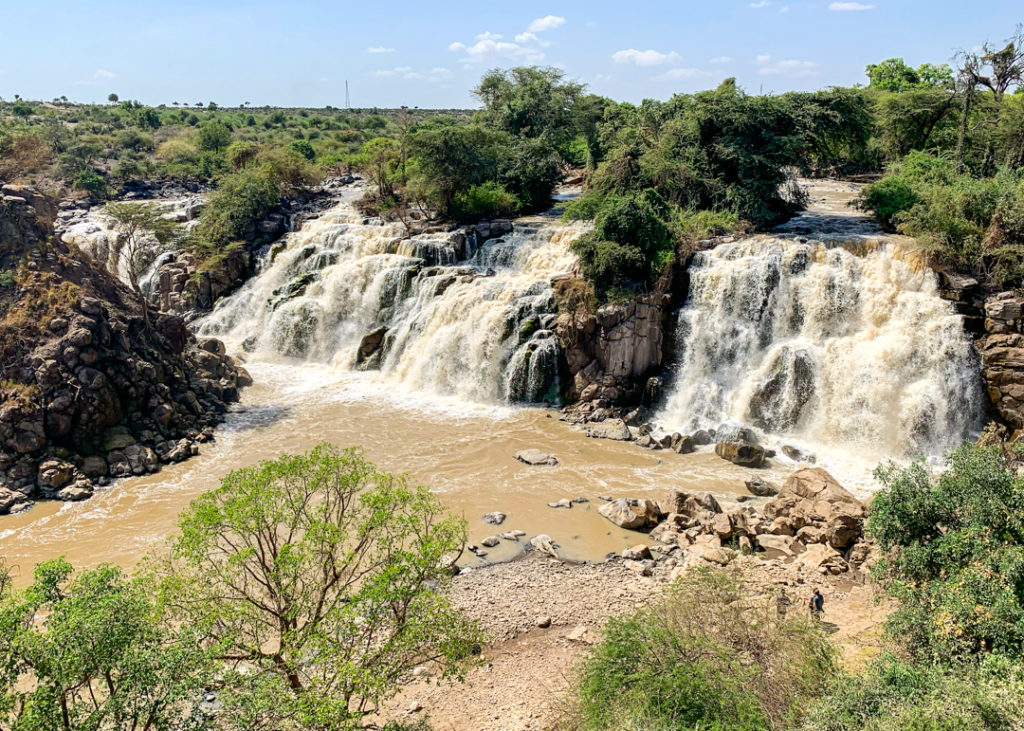
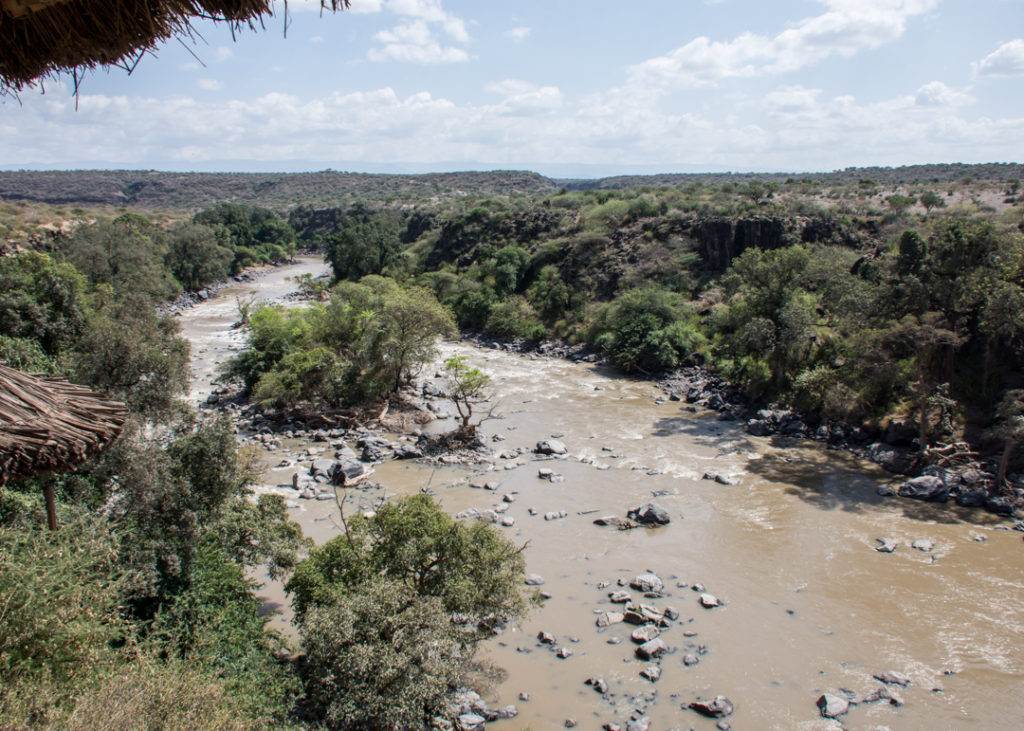
After the long and hot journey, getting a cold malted beer and lunch served on a private deck overlooking this thunderous display was pure ecstasy.
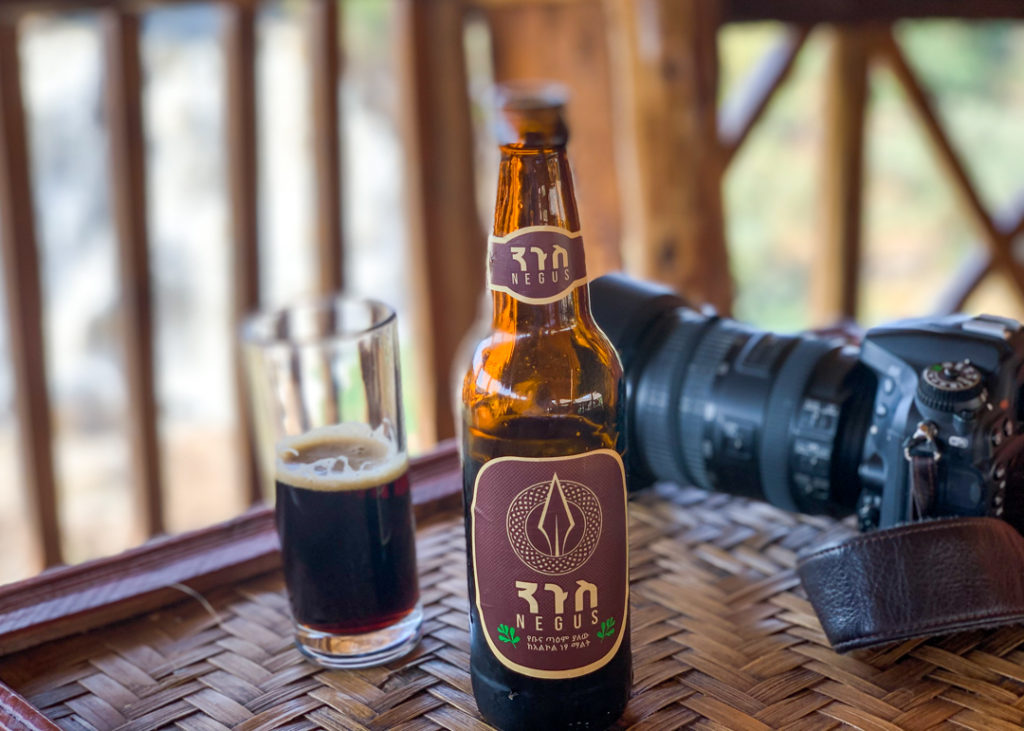
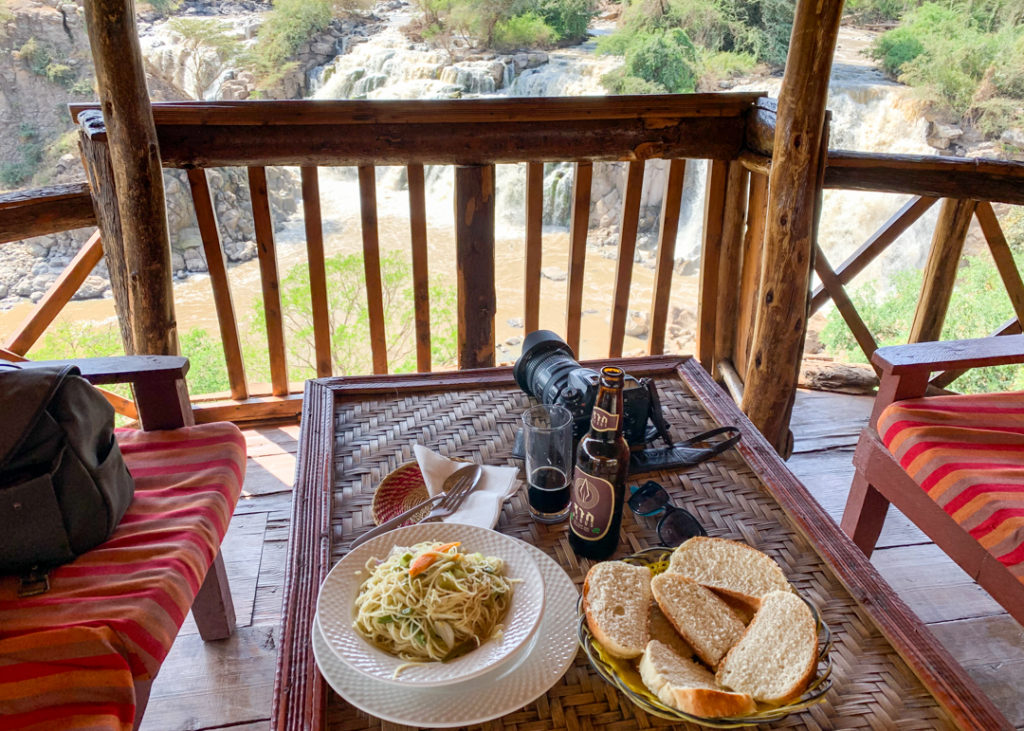
I even got a cheeky visitor to come and steal my bread… clearly used to tourists enthralled by the falls and distracted from their lunch!
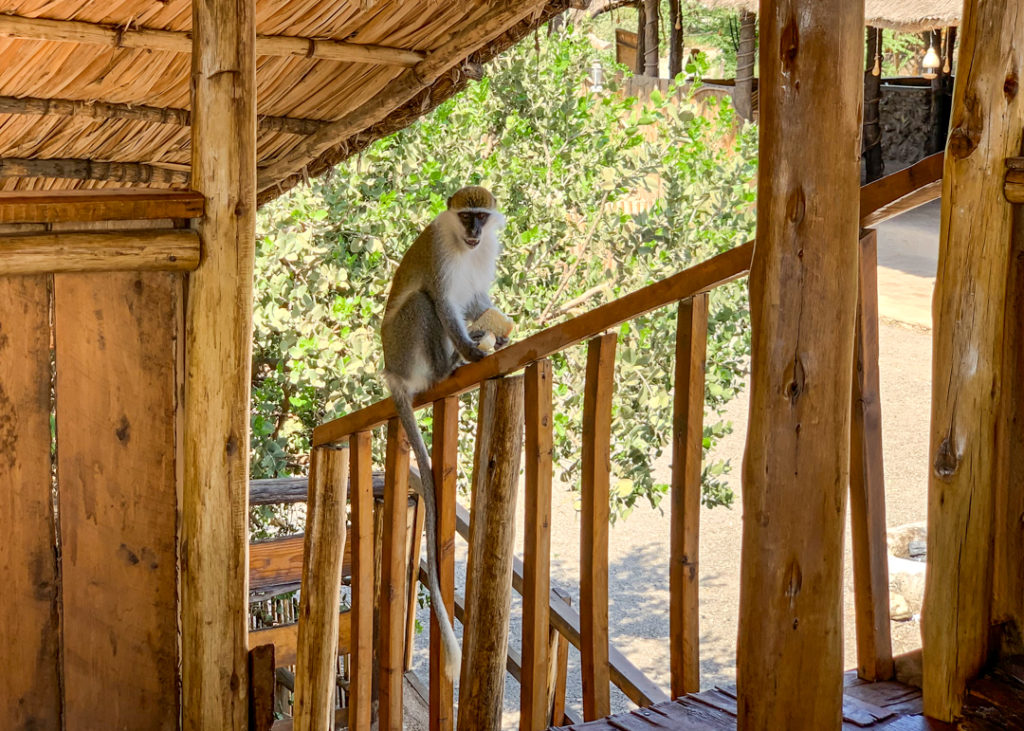
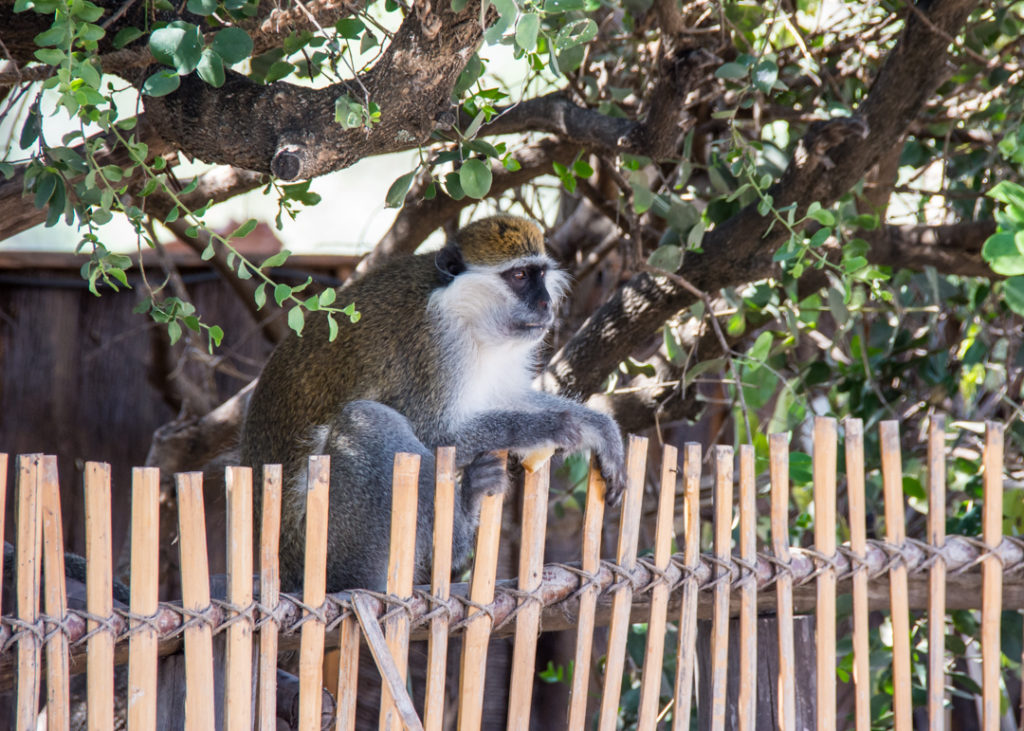
A short footpath leads to the base of the waterfalls where animals come to drink and…
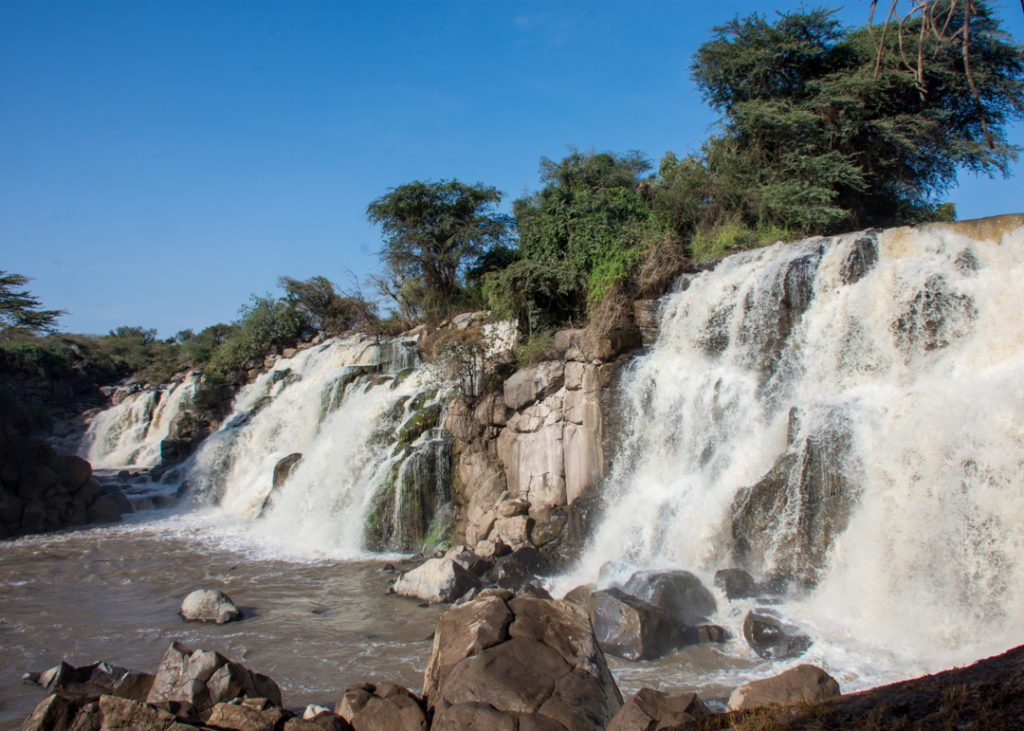
…crocodiles lurk in the shallows.
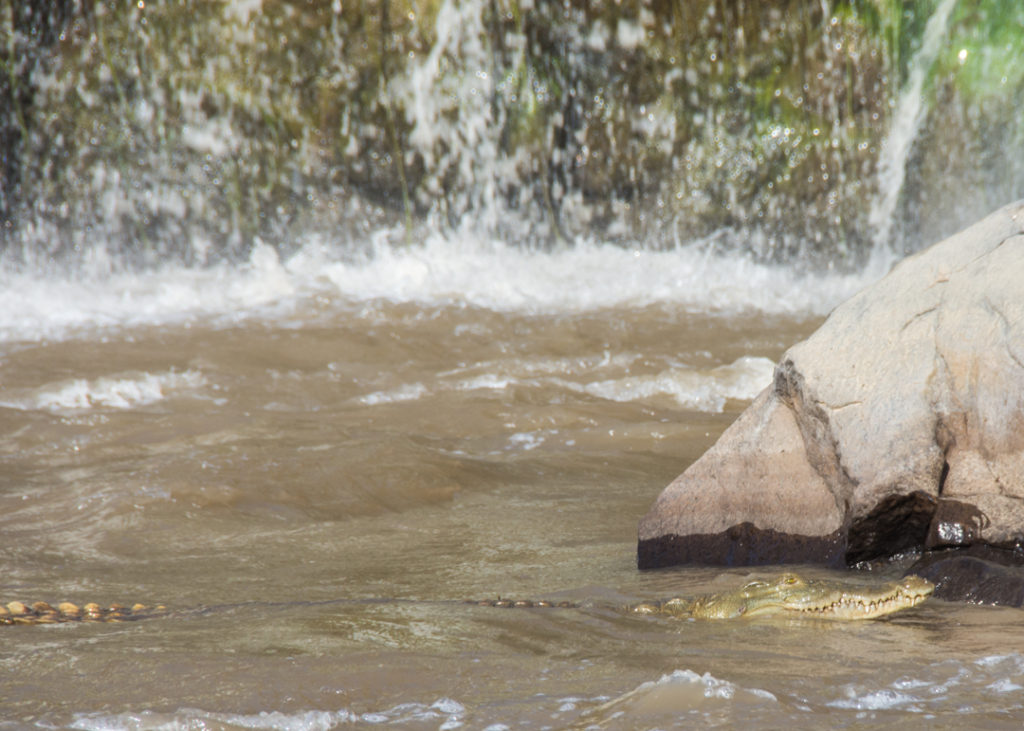
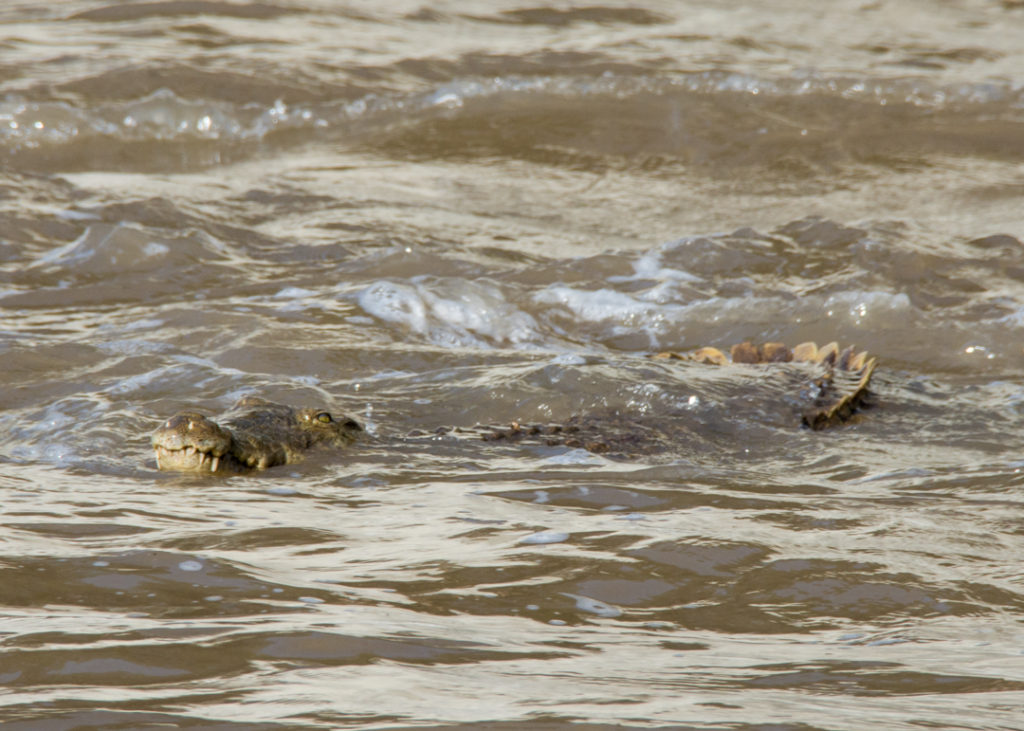
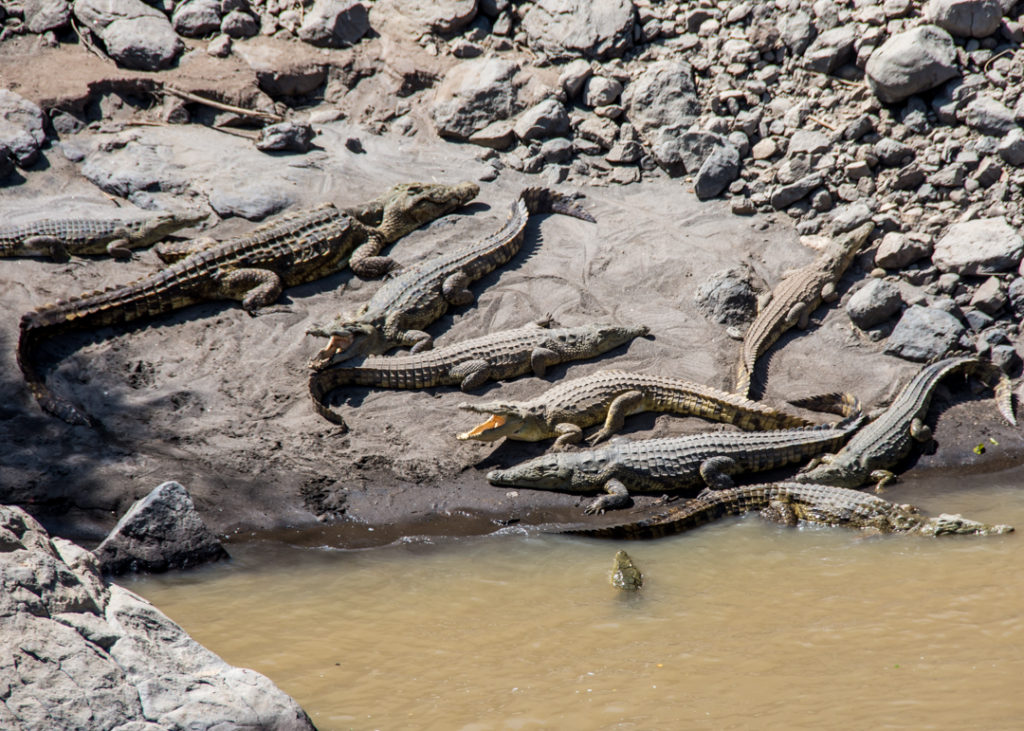
The fringing woodland is great for birds, and I was lucky enough to spot an African fish eagle perched high up.
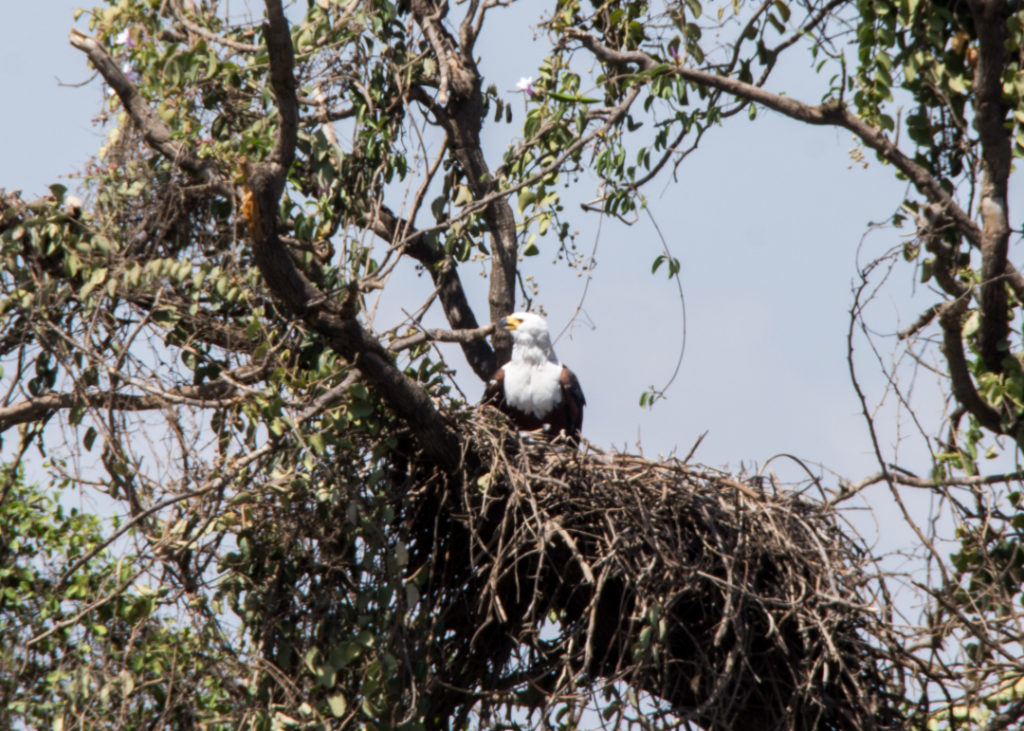
Once the heat had started to subside in late afternoon, it was time to get back into the 4×4 and try to find some of the area’s four-legged inhabitants. Like in many parks in Africa, the sad reality is that poaching has accounted for much of the park’s once prolific mammals. You can pretty much forget about seeing any of the large predators such as lions, leopards, etc. but with a little patience you can still see quite a good amount of wildlife here.
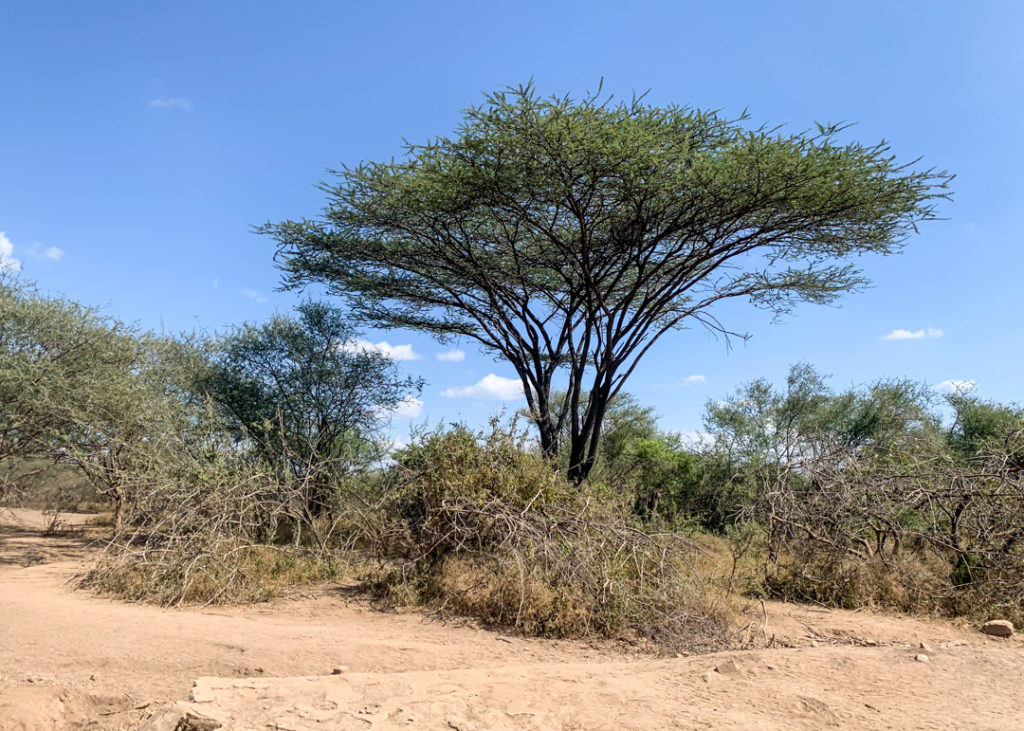
My first sighting happened at lightning speed, and it was a very lucky one as we spotted three very rare bat-eared foxes running away. Those ears…wish he would have turned to look at us for the full effect!
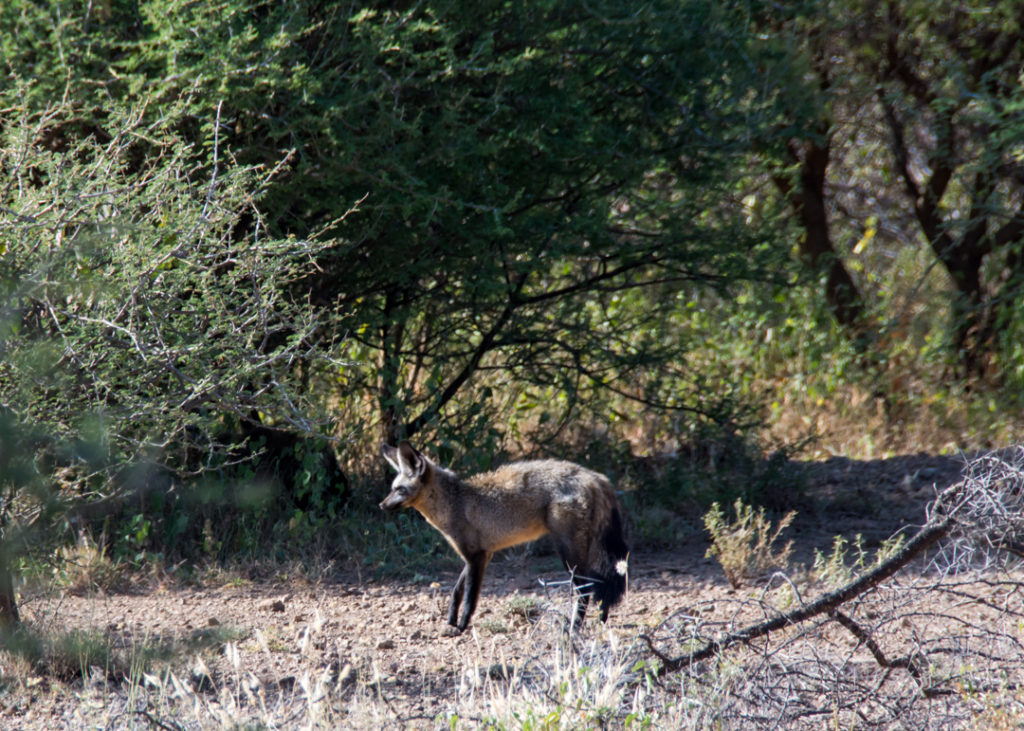
Soemmerring’s gazelles were numerous, and so beautiful.
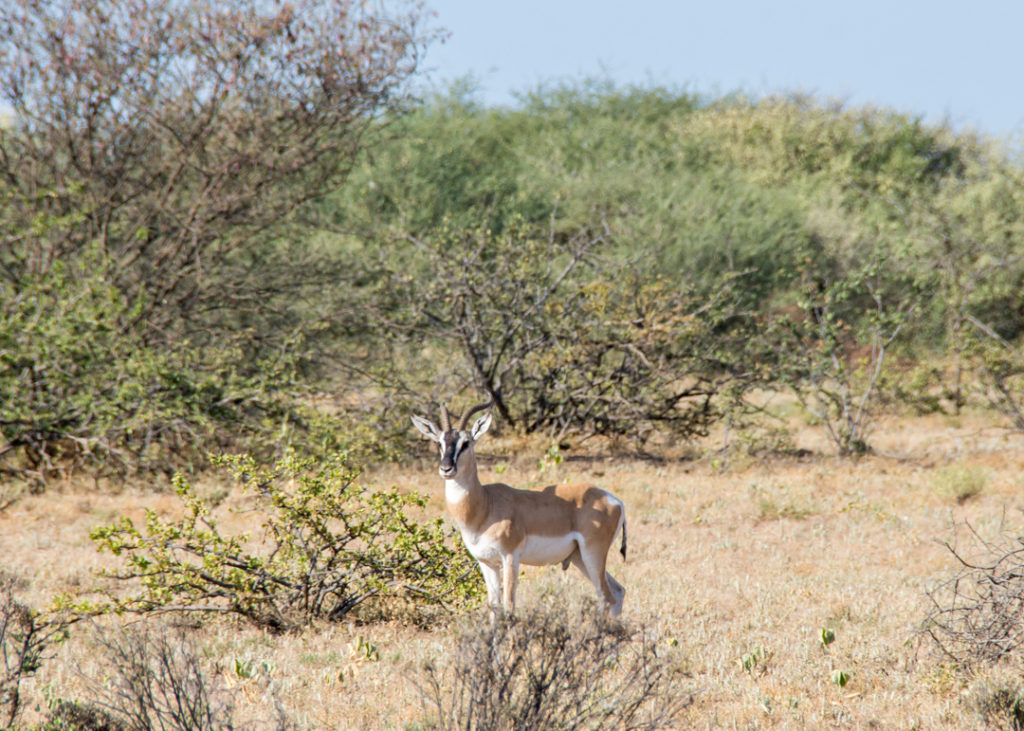
Same with the beisa oryx found in herds and unmistakable from afar.
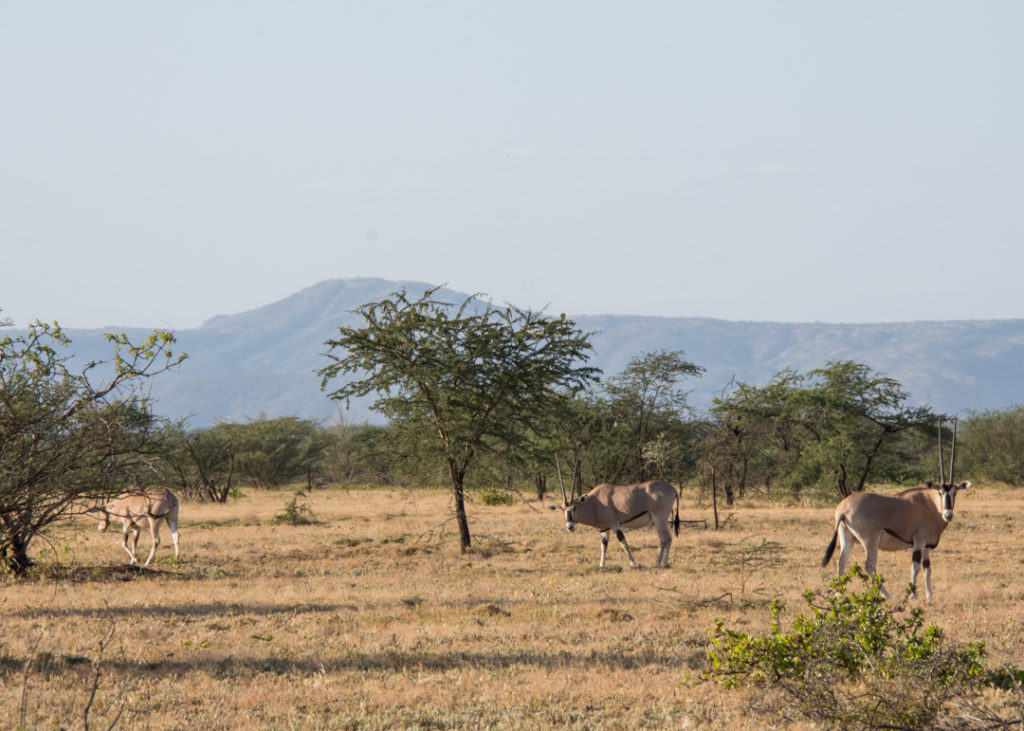
The horns (this guy lost one sadly – fight with the alpha?) and stunning face markings make them one of my favorite antelopes to photograph.
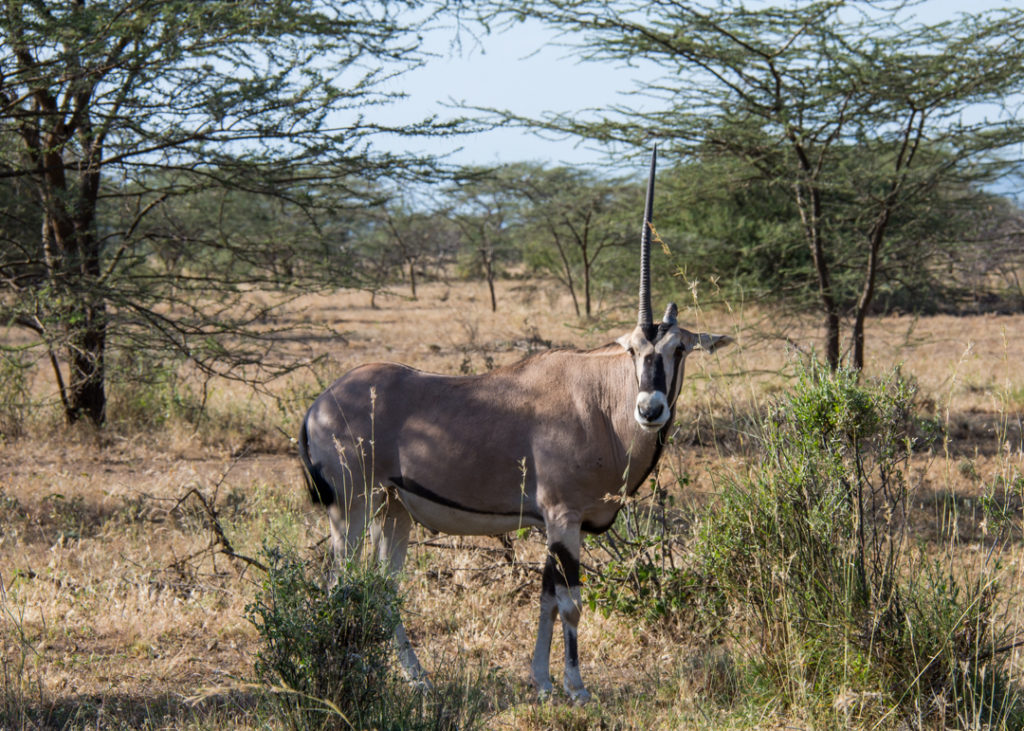
The kids aren’t nearly as pretty…but they’ll get there.
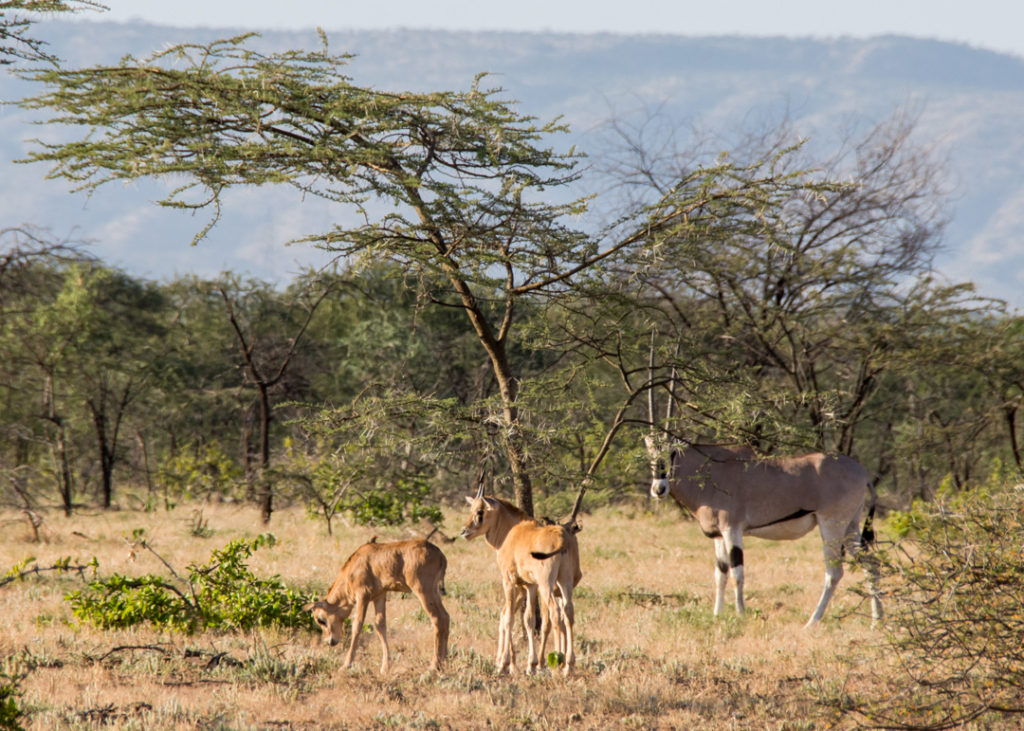
The river gorge is quite breathtaking, and supposedly leopards roam the shaded hillside but are rarely seen out in the savanna.
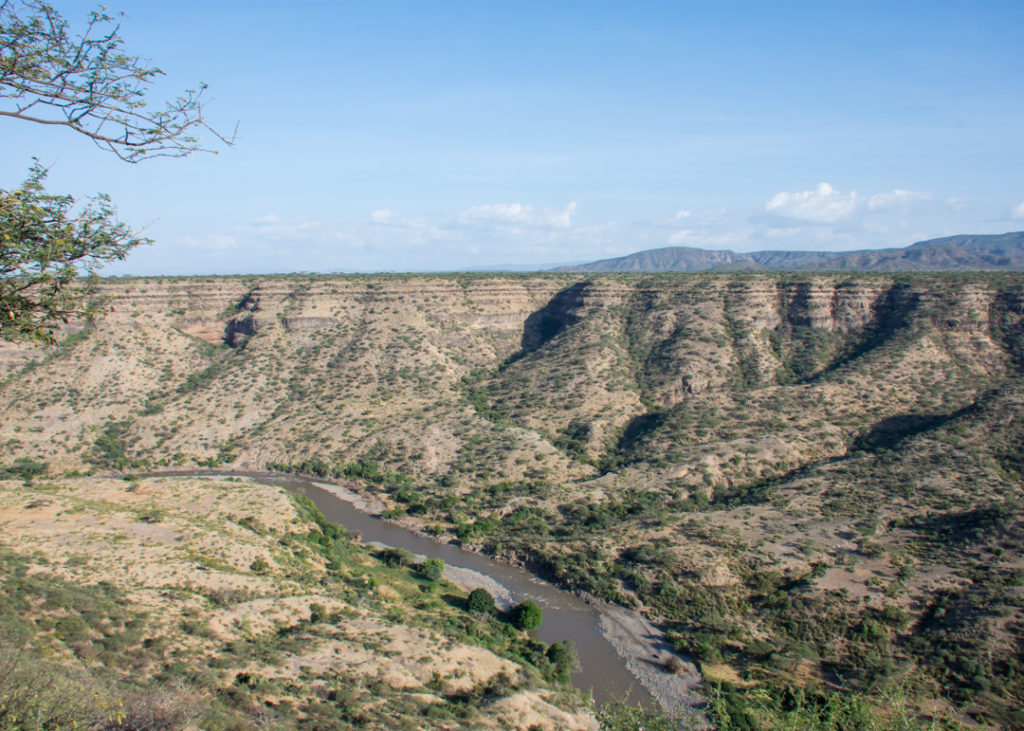
When not in pursuit of large mammals, you only need to lift your eyes up to the sky to see a plethora of unique birds, surely attracted by the river.
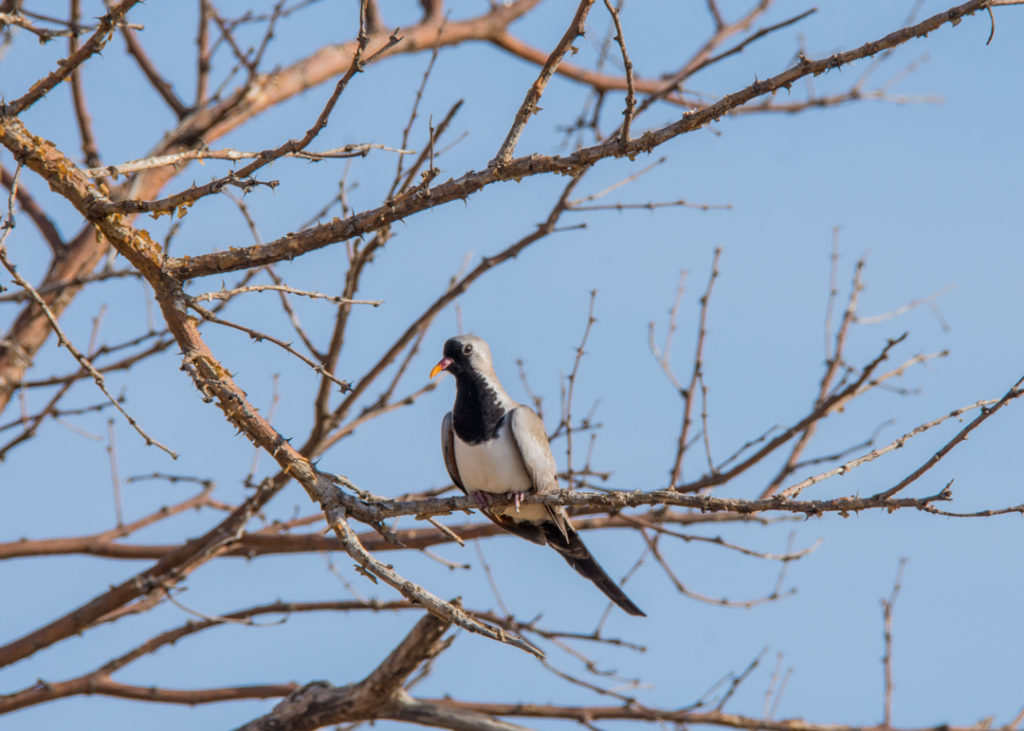
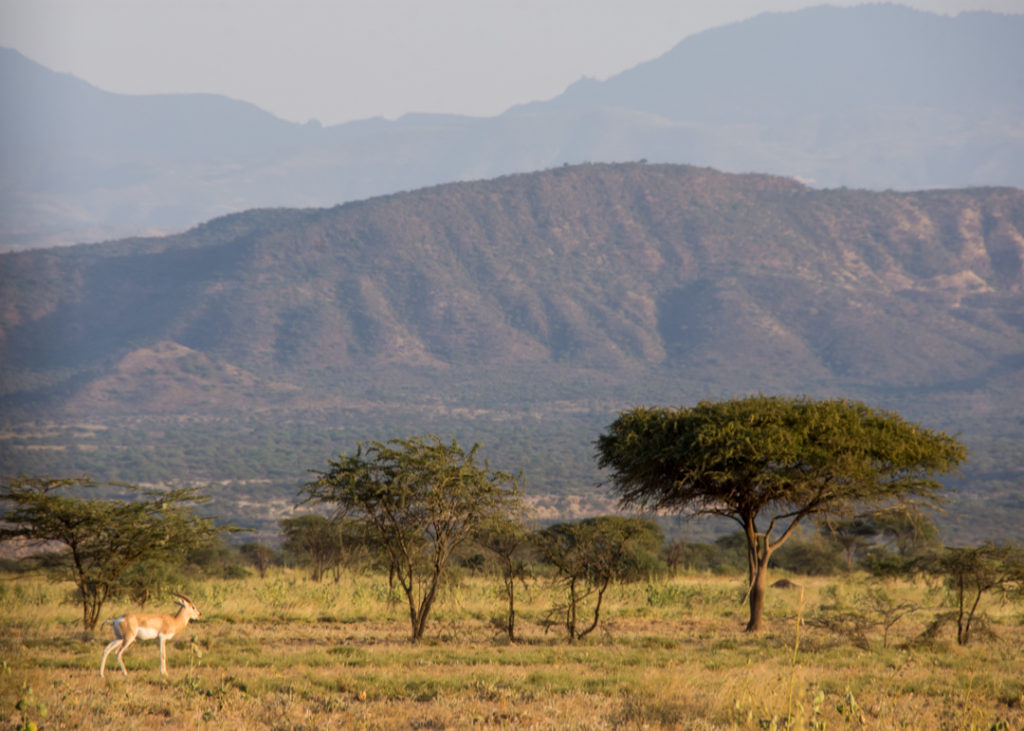
As the light started to fade, I had another fortuitous meeting when we stumbled upon a small family of warthogs, the little one seemingly curious of our vehicle.
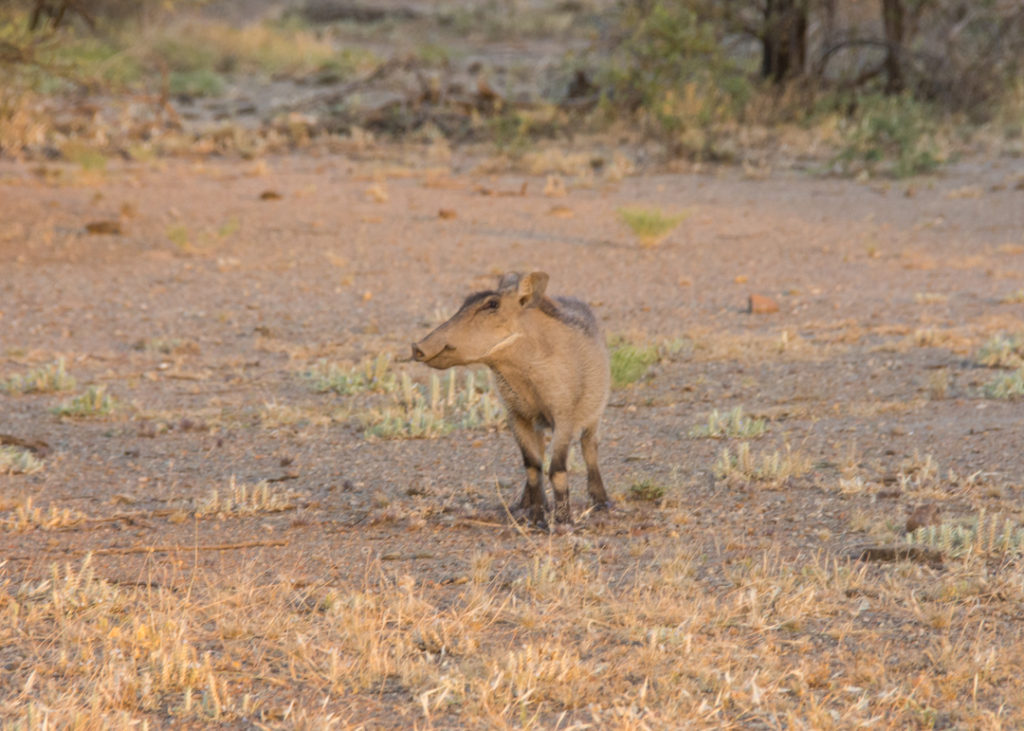
It wasn’t long before mama called him up and both scurried to hide behind the scrub.
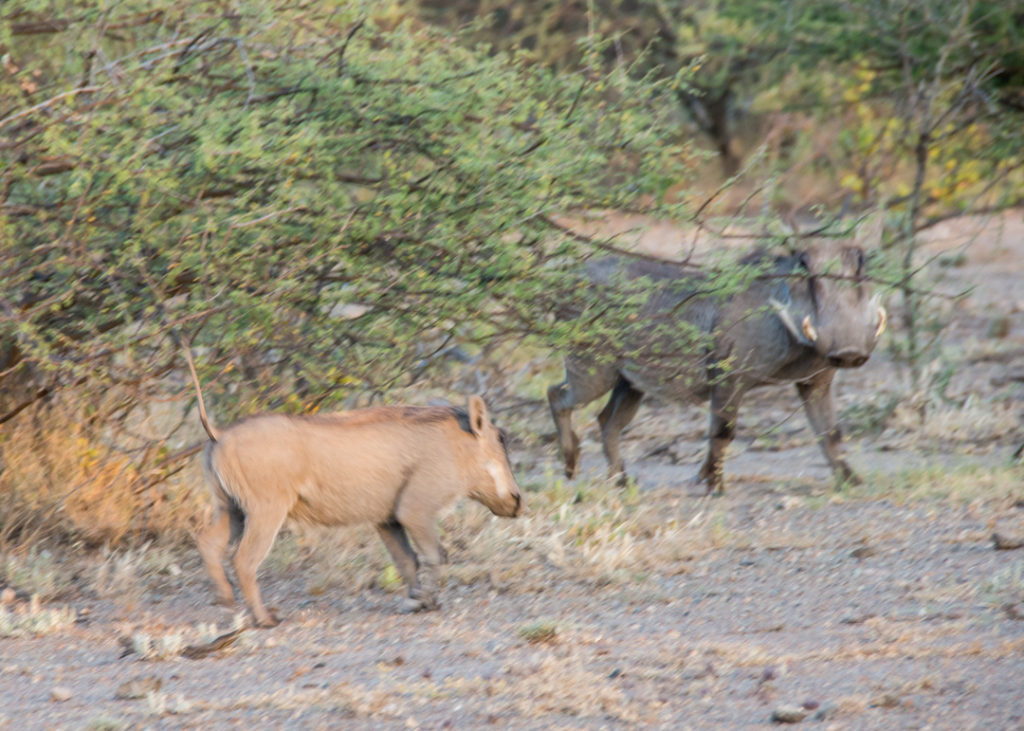
Sunsets on an African safari are my favorites…
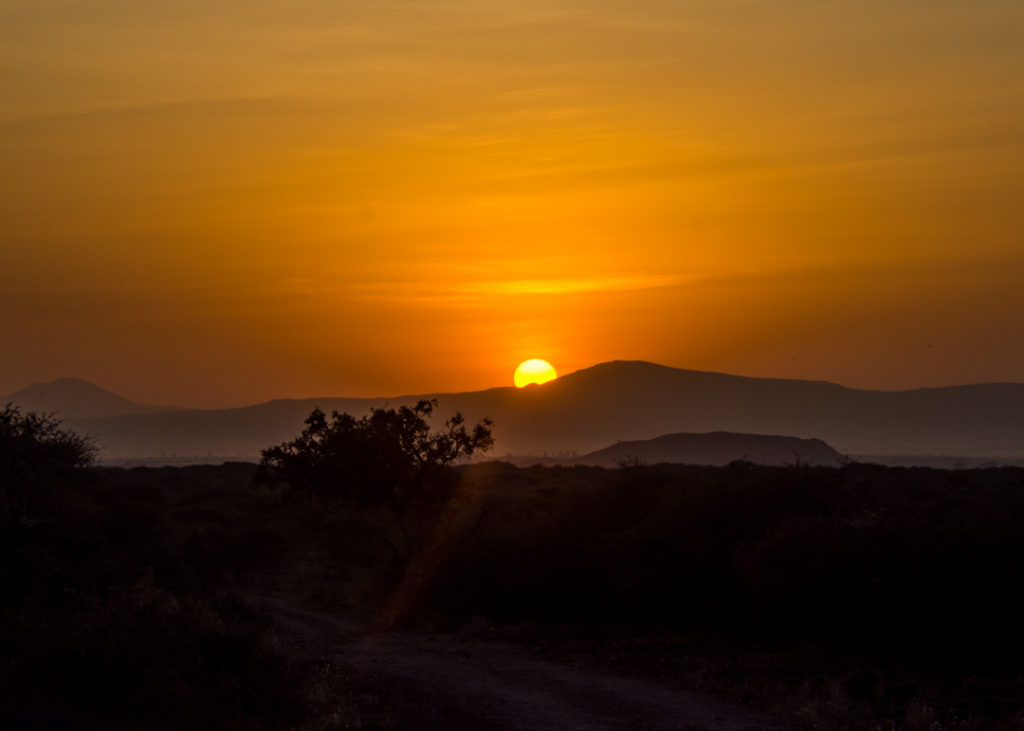
…animals are so active that I also caught a glimpse of jackals…
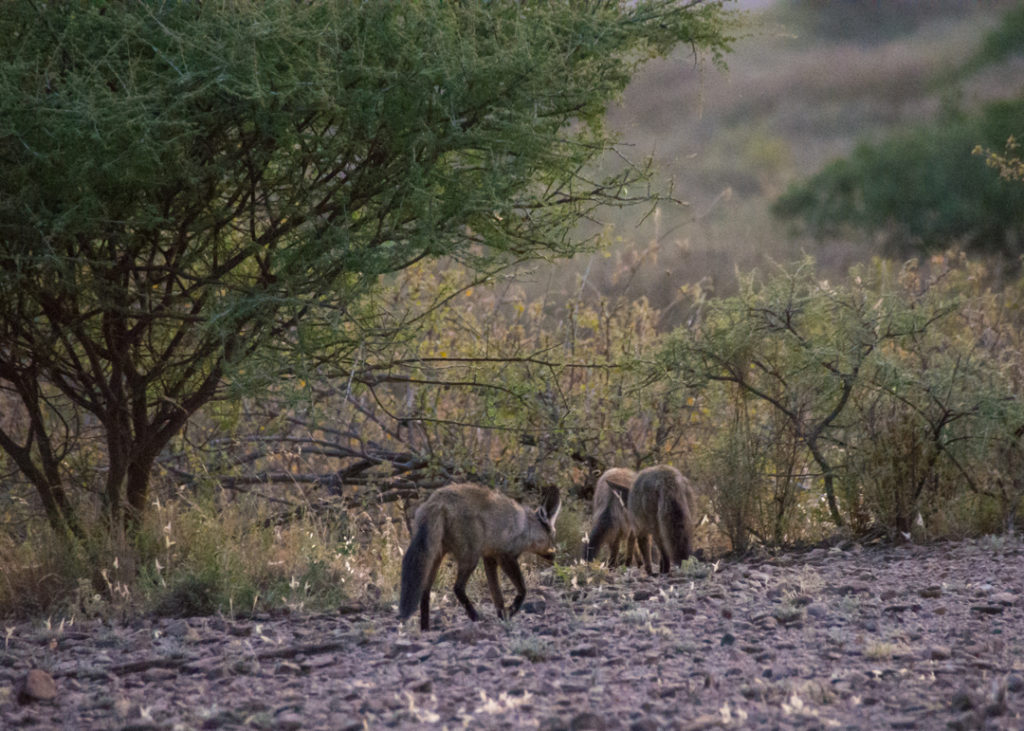
…and that cute rabbit that crossed the road right ahead of us.
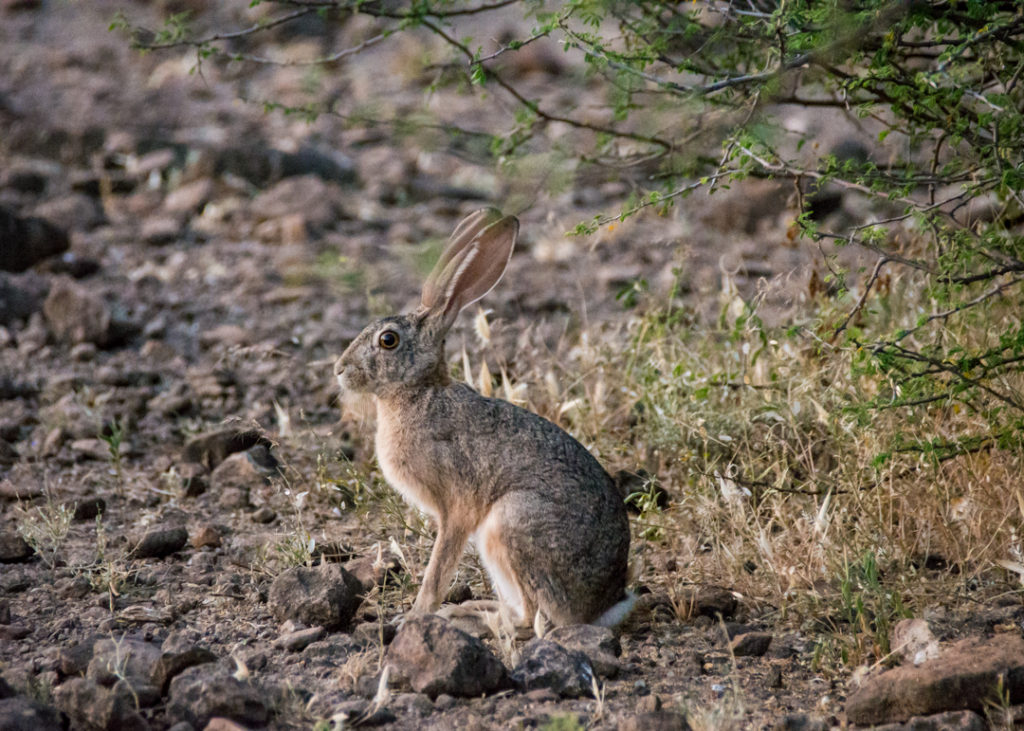
We returned just in time to see the last rays disappear behind the falls.
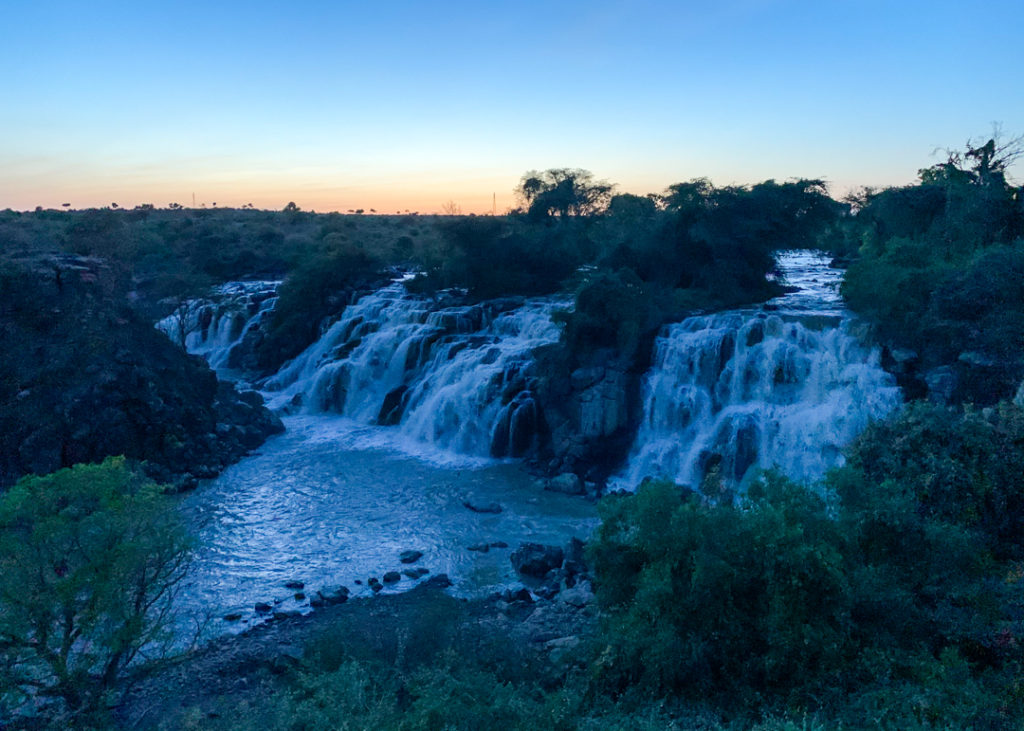
The following morning saw me bright and early at my favorite viewing deck enjoying a comforting bowl of local porridge before meeting my guide for a walking safari.
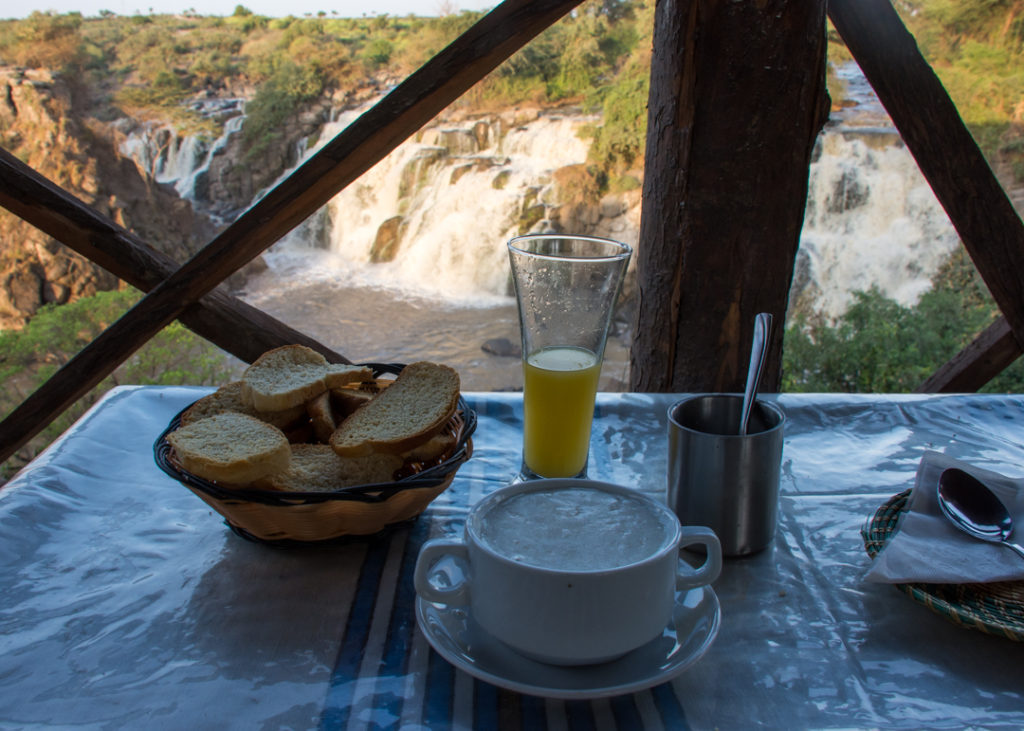
The trails around the lodge are perfect for a morning stroll (accompanied of course) and guarantee quite a few encounters with small(ish) animals both on and above ground.
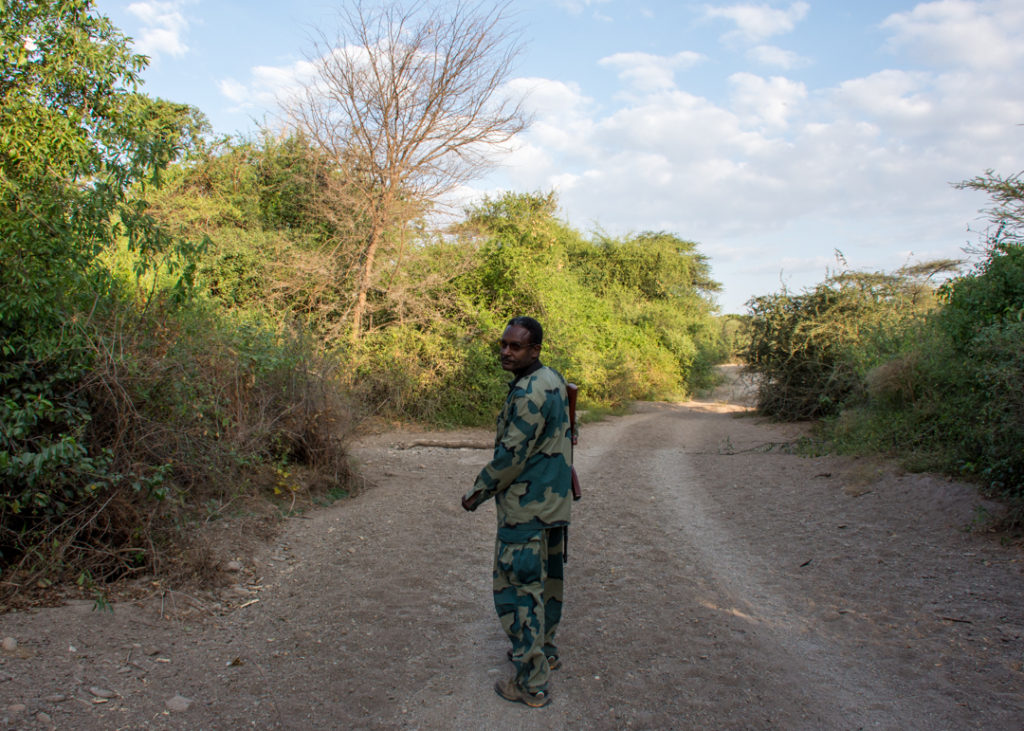
I’ve seen them in a number of places but starlings‘ electric blue feathers never fail to catch my eyes.
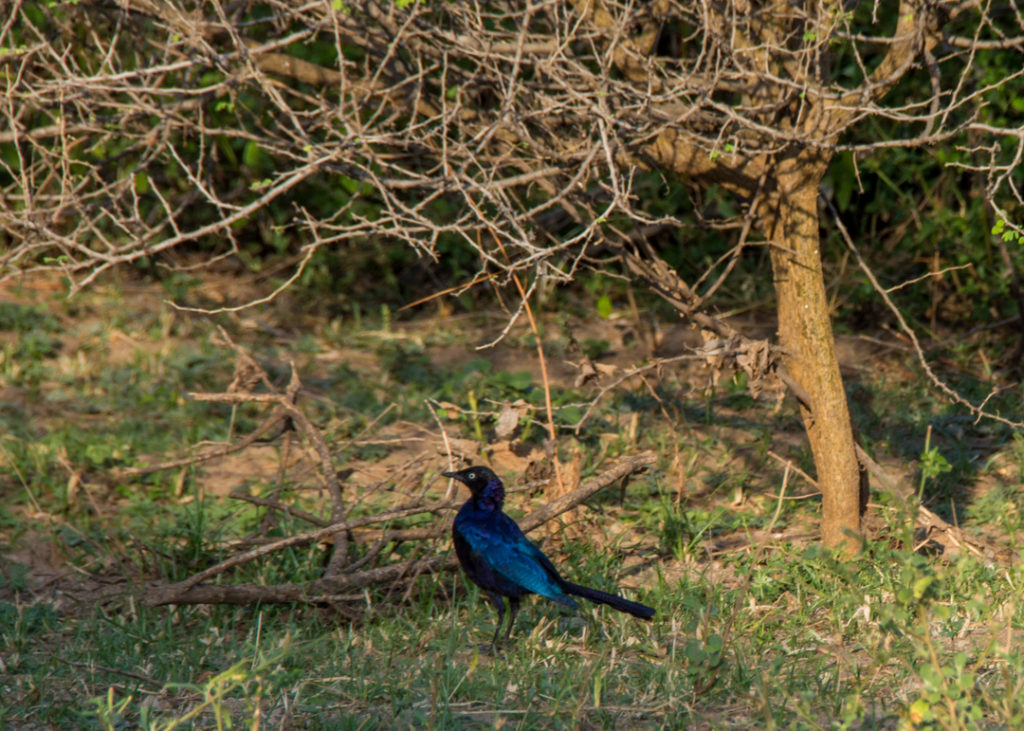
Hornbills are another familiar face, always a hoot.
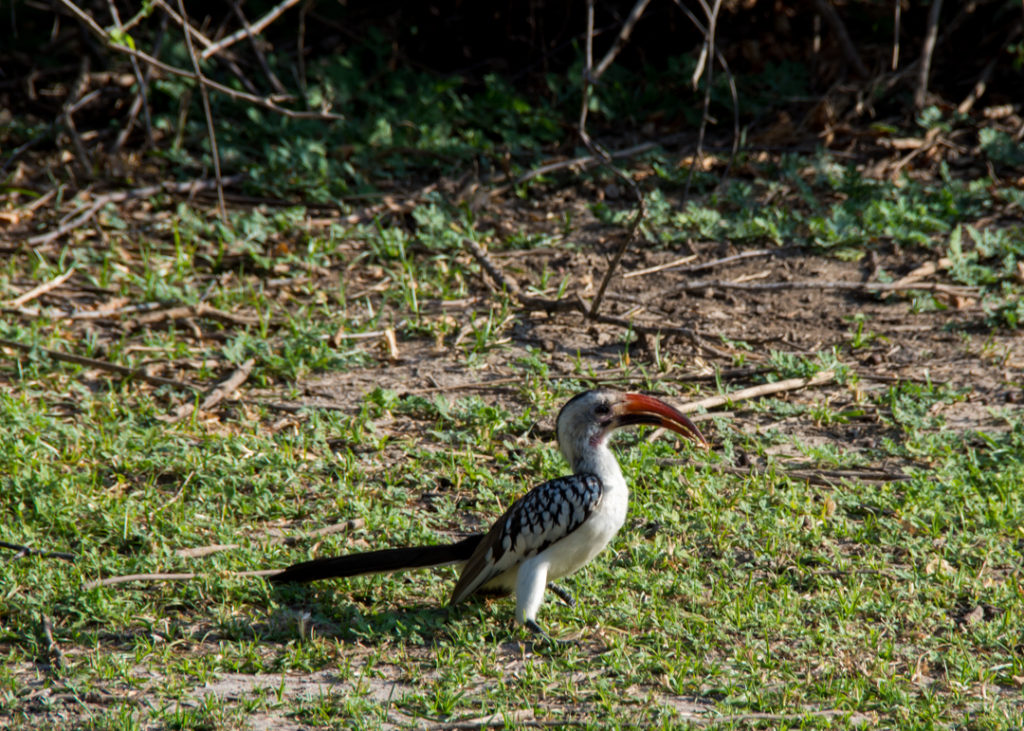
Large wattled ibis, on the other hand, are only found in Ethiopia so it was a treat to make their acquaintance.
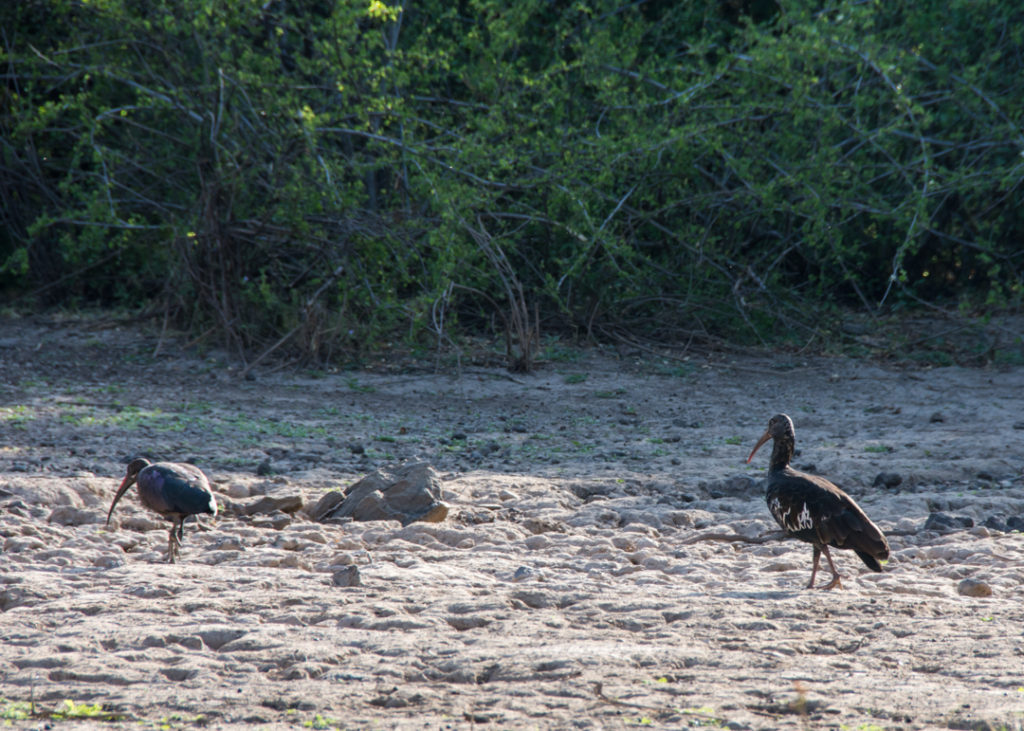
There’s a lot of life on the banks of the Awash river, right above the falls. Birds especially, and the local farmers whose land border the park.
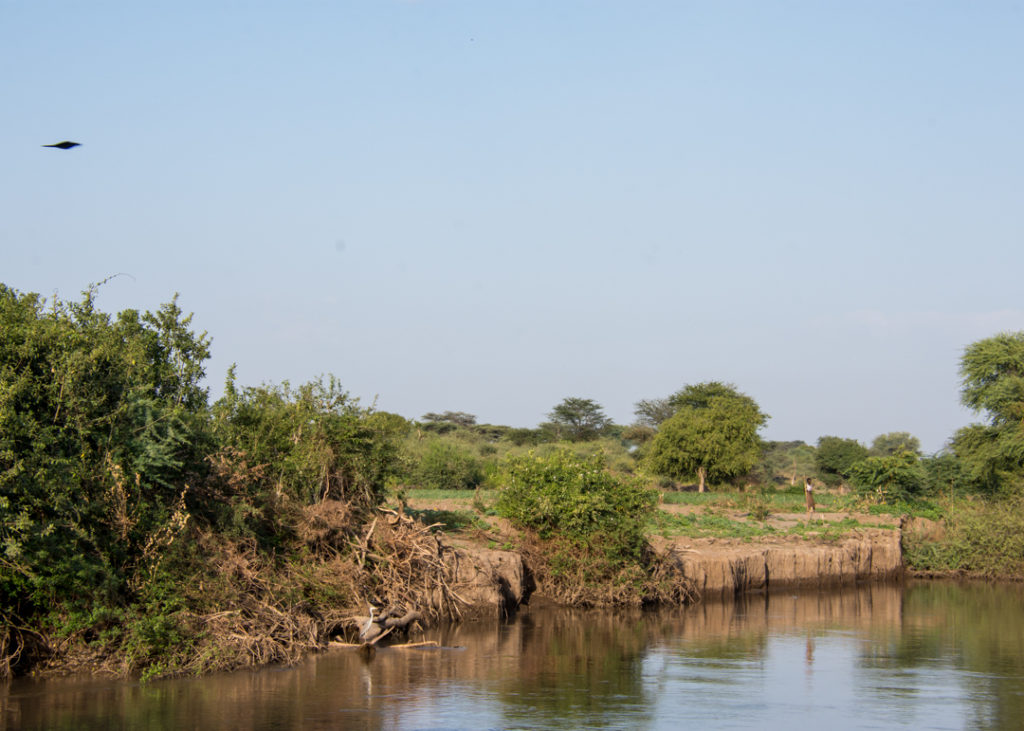
A gray heron was surveying the scene…
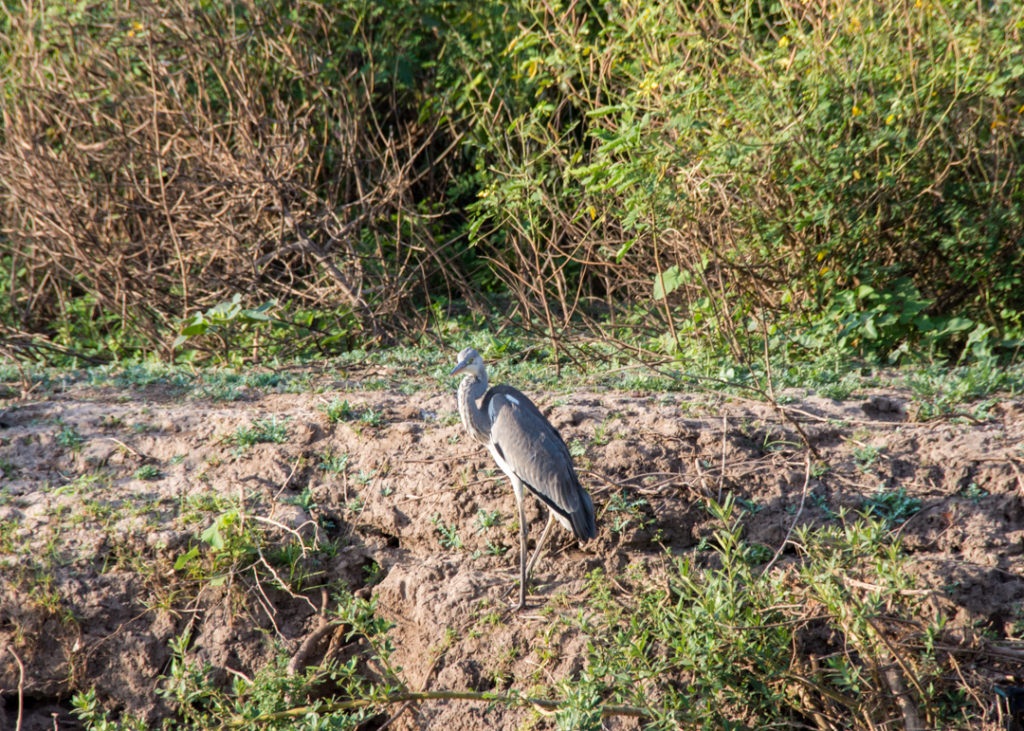
…as were a couple of Egyptian geese.
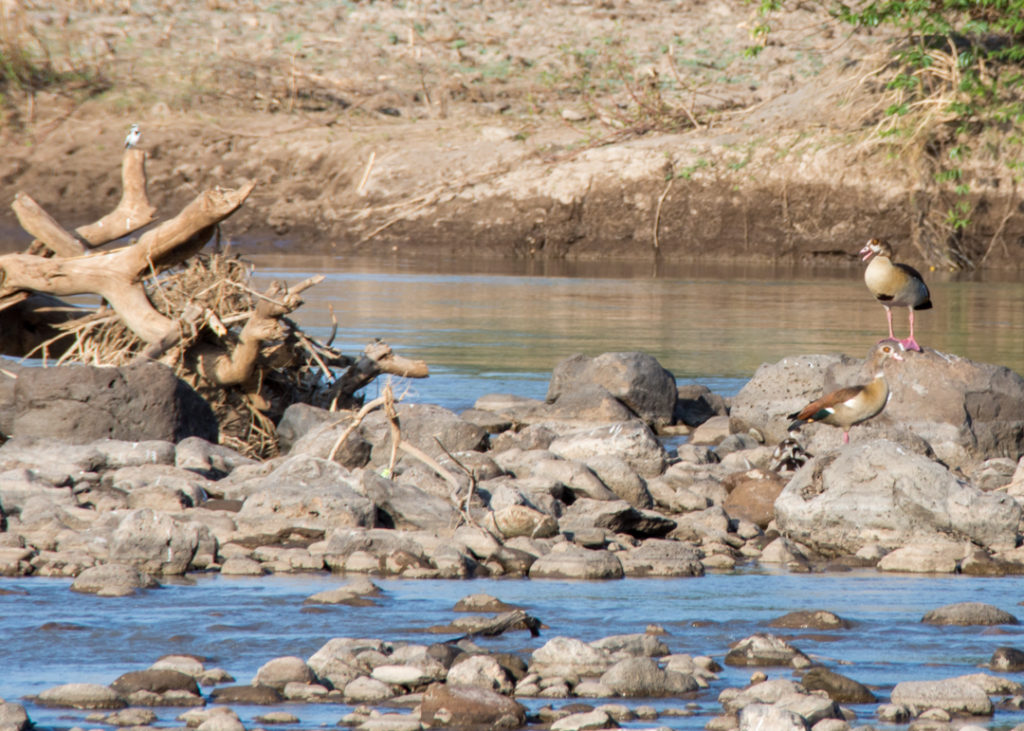
Less conspicuous were the vervet monkeys silently grooming themselves in the nearby trees.
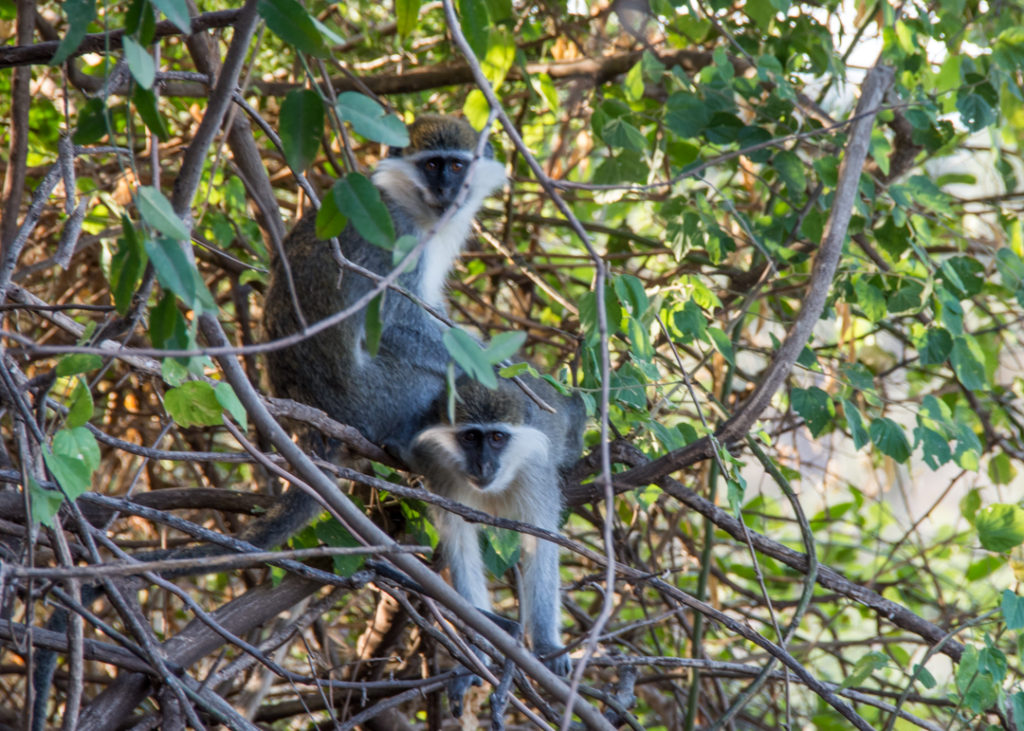
The highlight of the day though was undoubtedly this Colobus monkey hiding above us. They’re notoriously hard to spot as they spend almost their entire life up in the highest branches of trees and are incredibly shy. It was my very first sight of this striking black and white ‘cape of fur’ – doesn’t he look just like a judge?
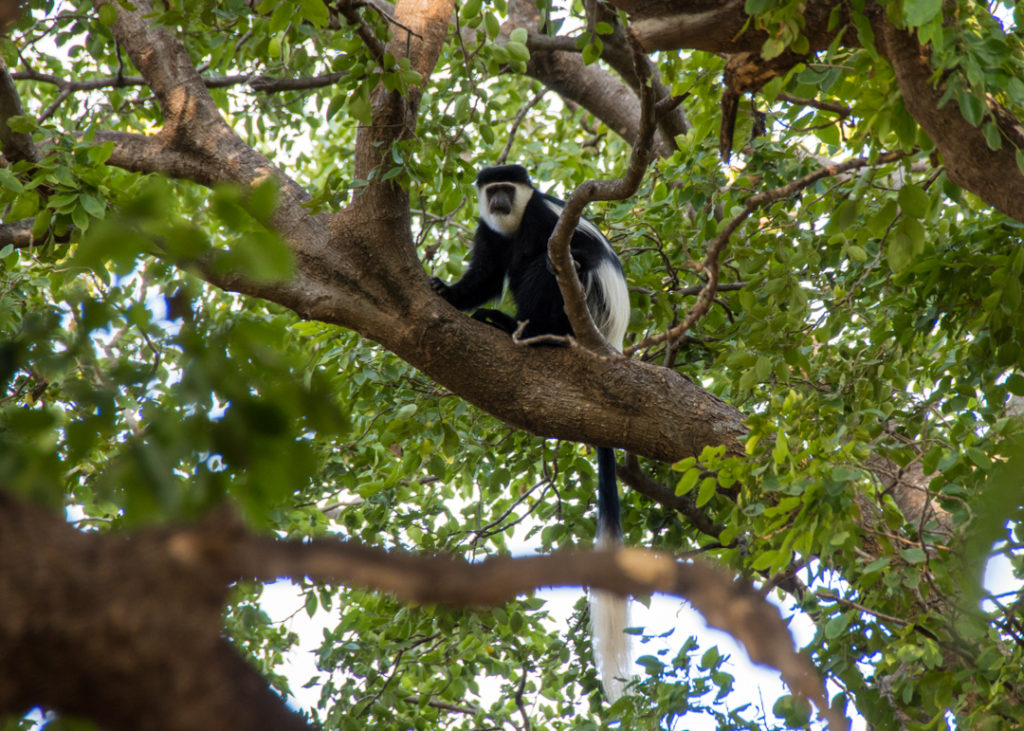
We finished our walk with yet more primates as we met up with a large family of baboons which we followed for a while.
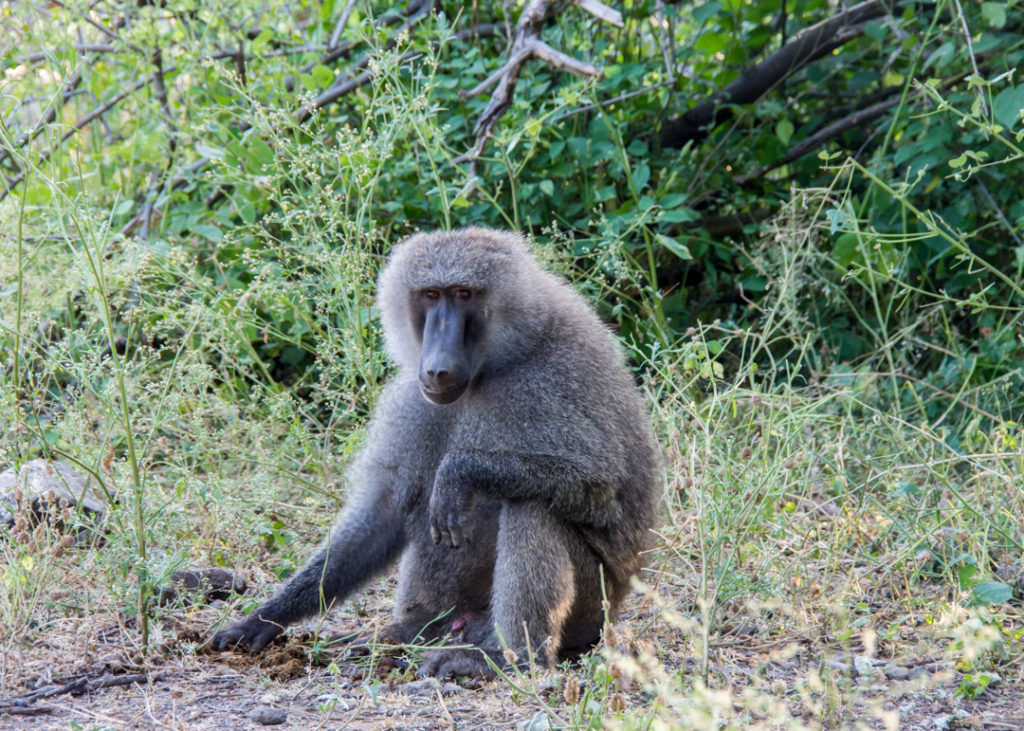
The little one, ever so inquisitive, wouldn’t let us out of his sight.
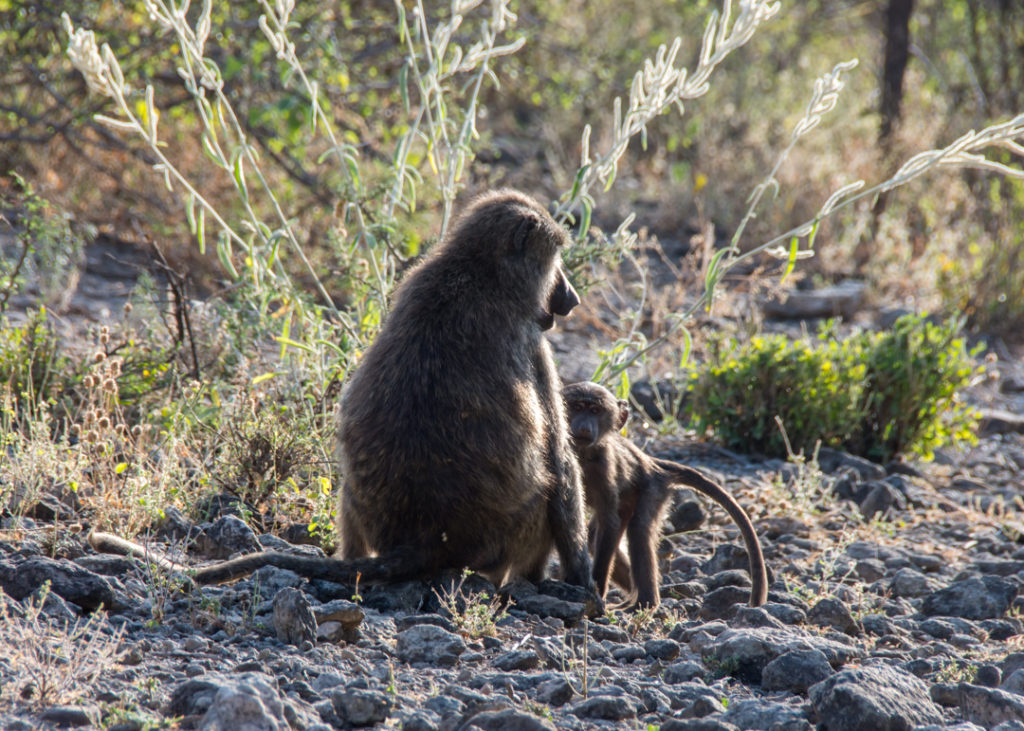
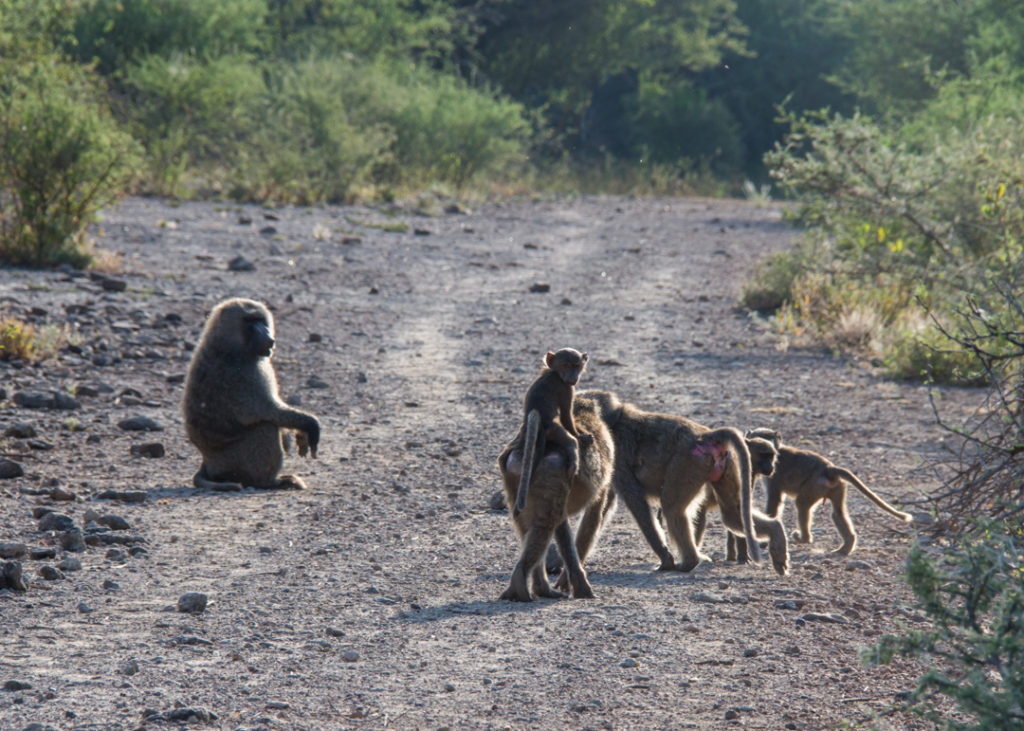
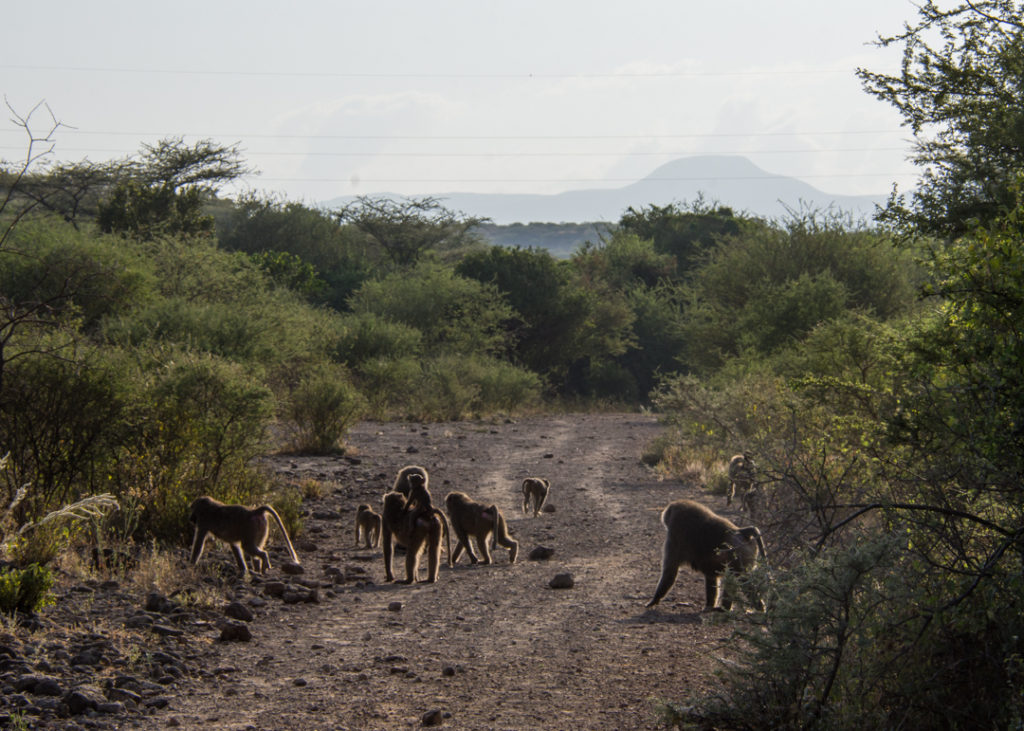
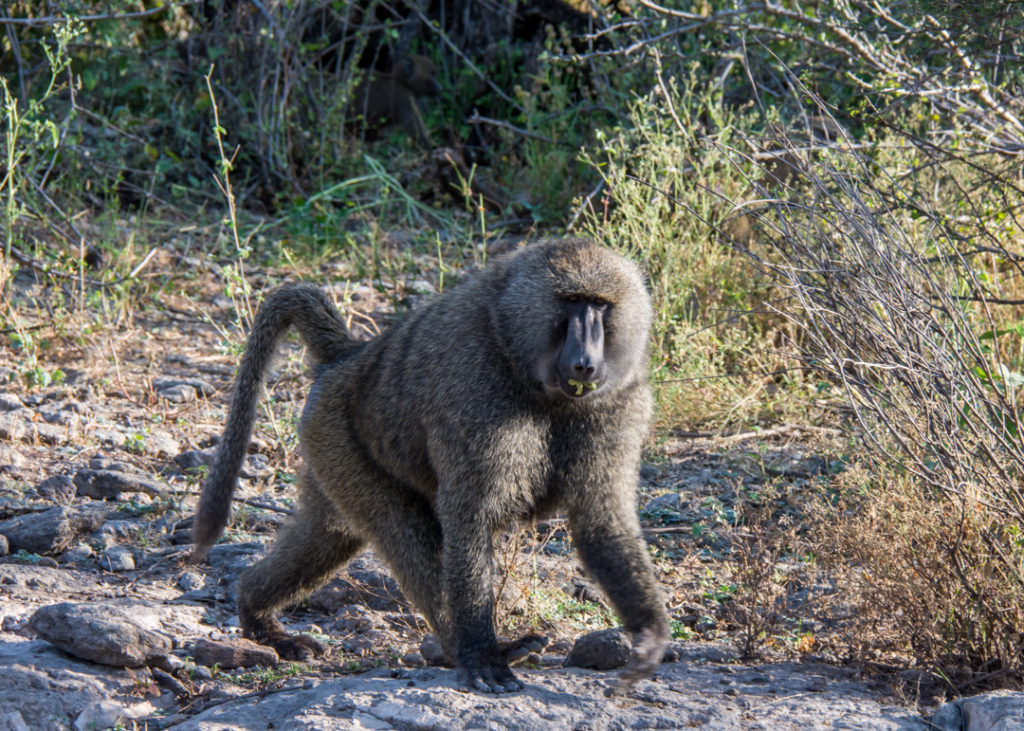
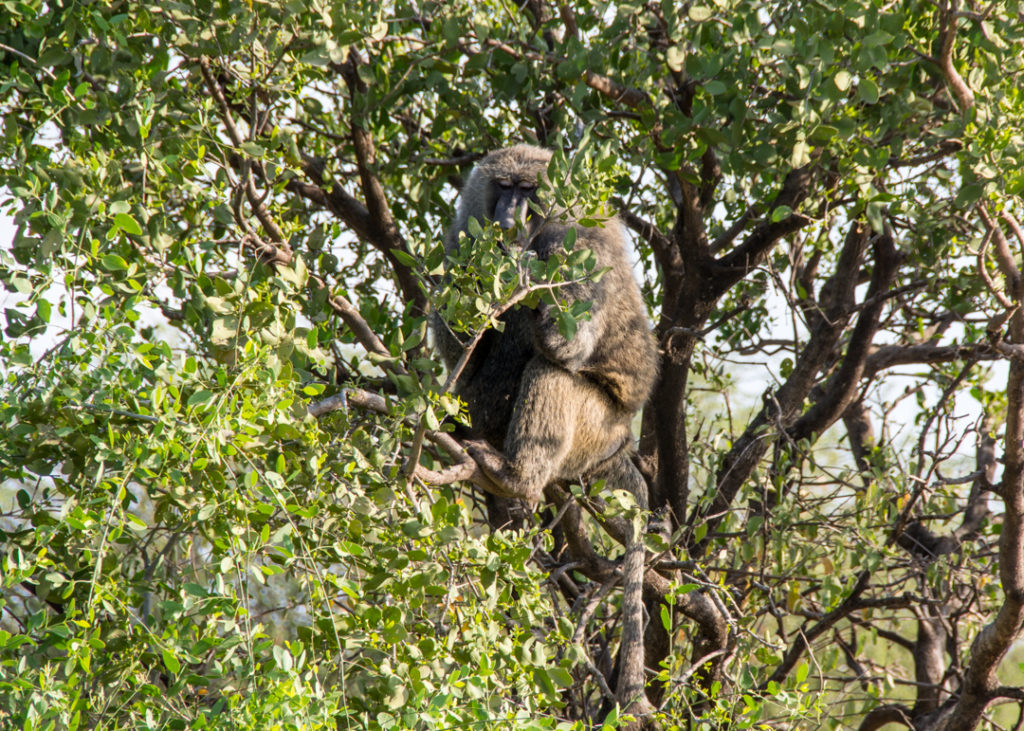
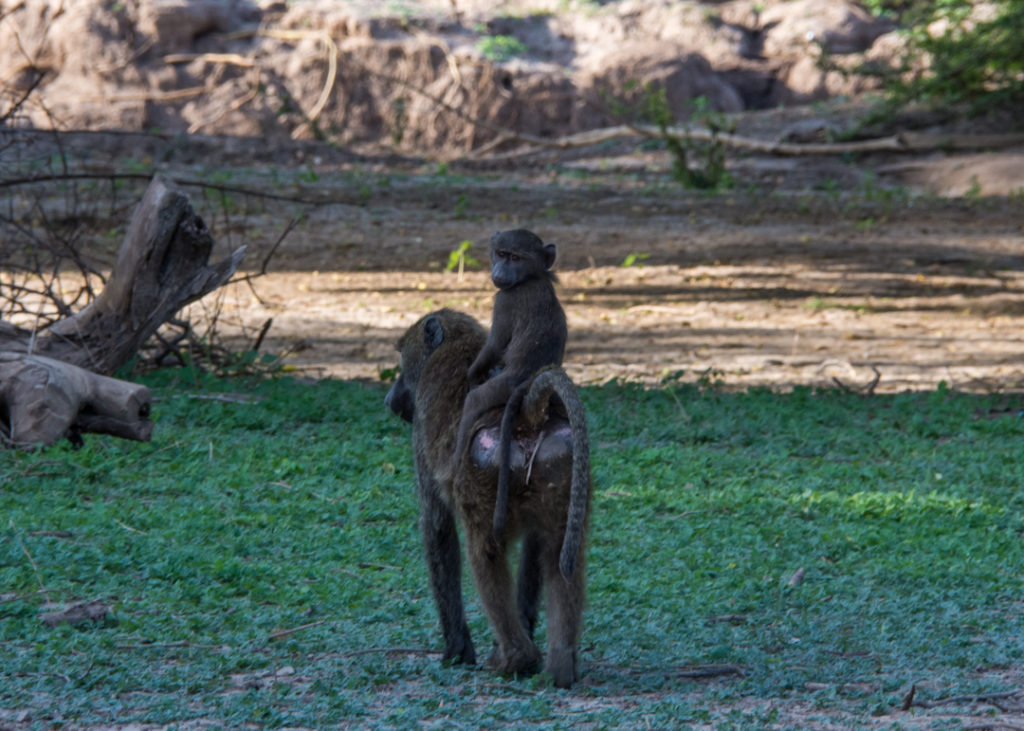
Then it was one last coffee by the falls before heading back on the road for the airport. I was so glad to have squeezed in some more wildlife into this cultural trip and uncovered yet another unique pocket of this very large and diverse country. There’s more to be seen in Ethiopia but it’ll have to be for another trip…!
